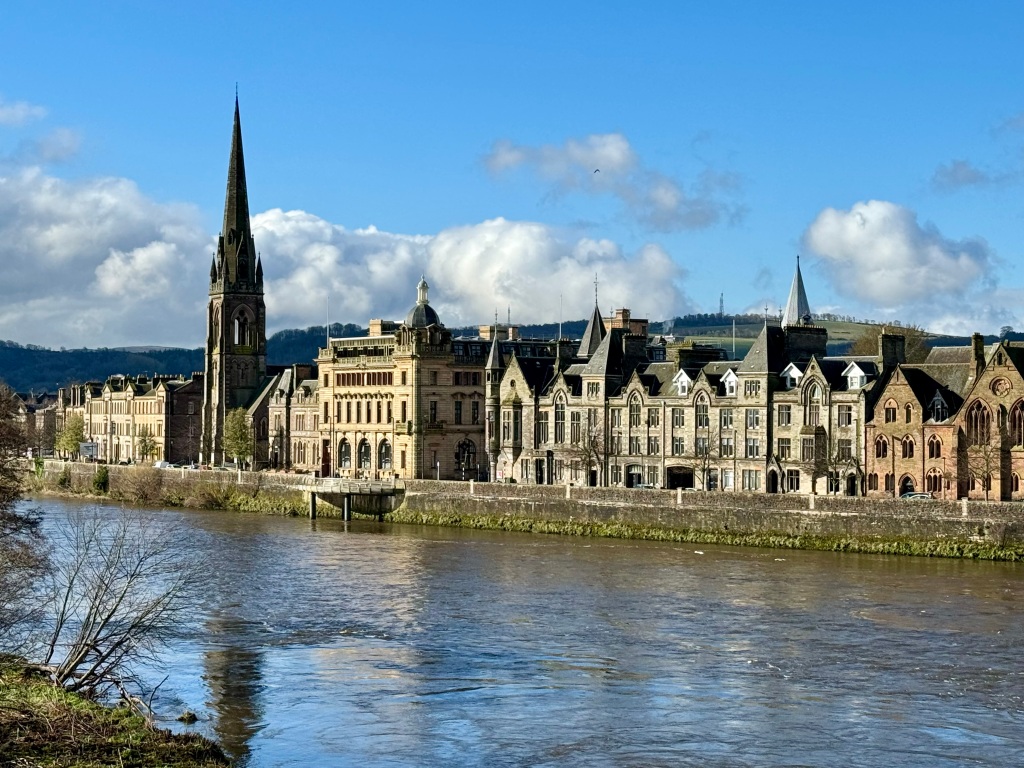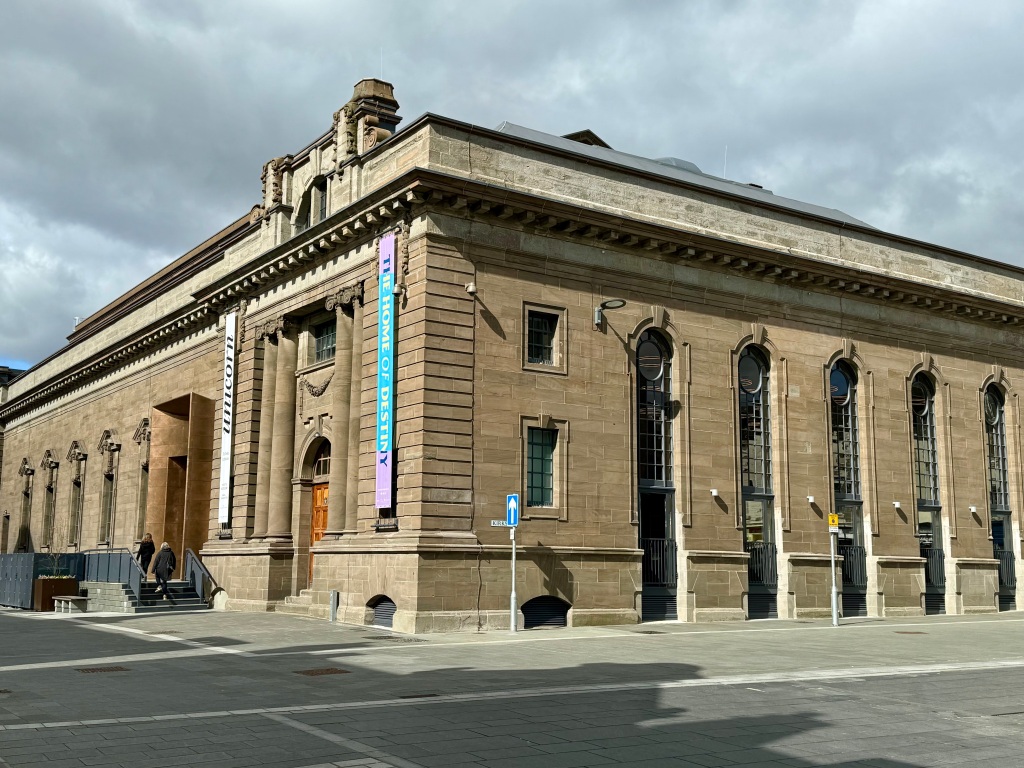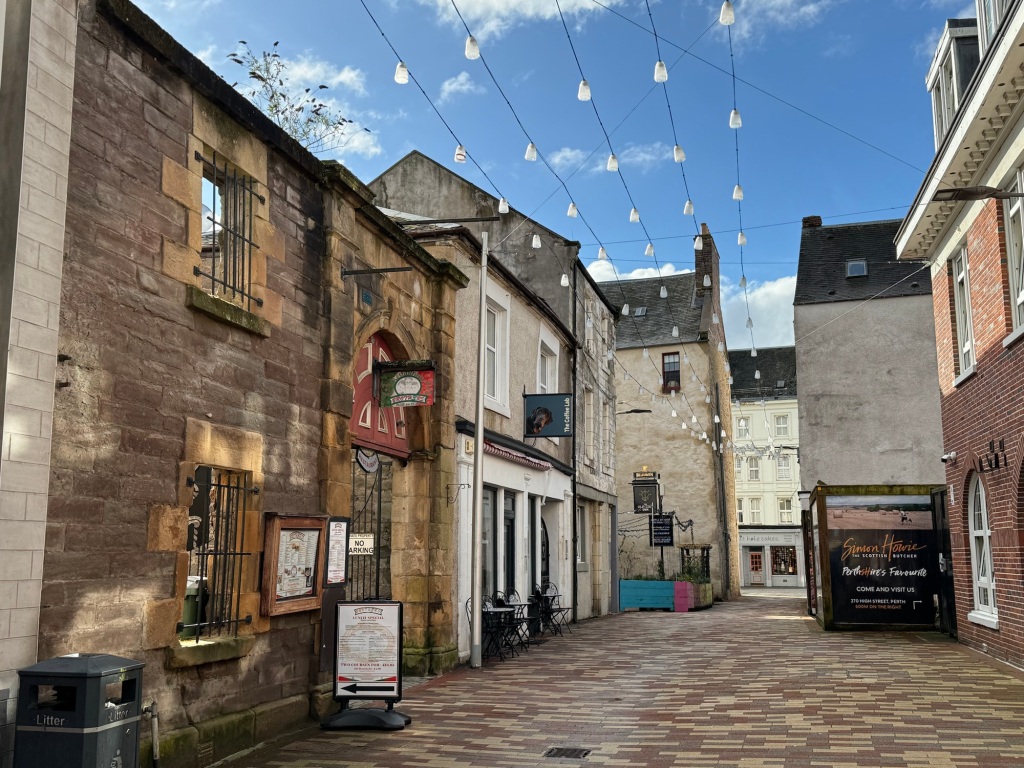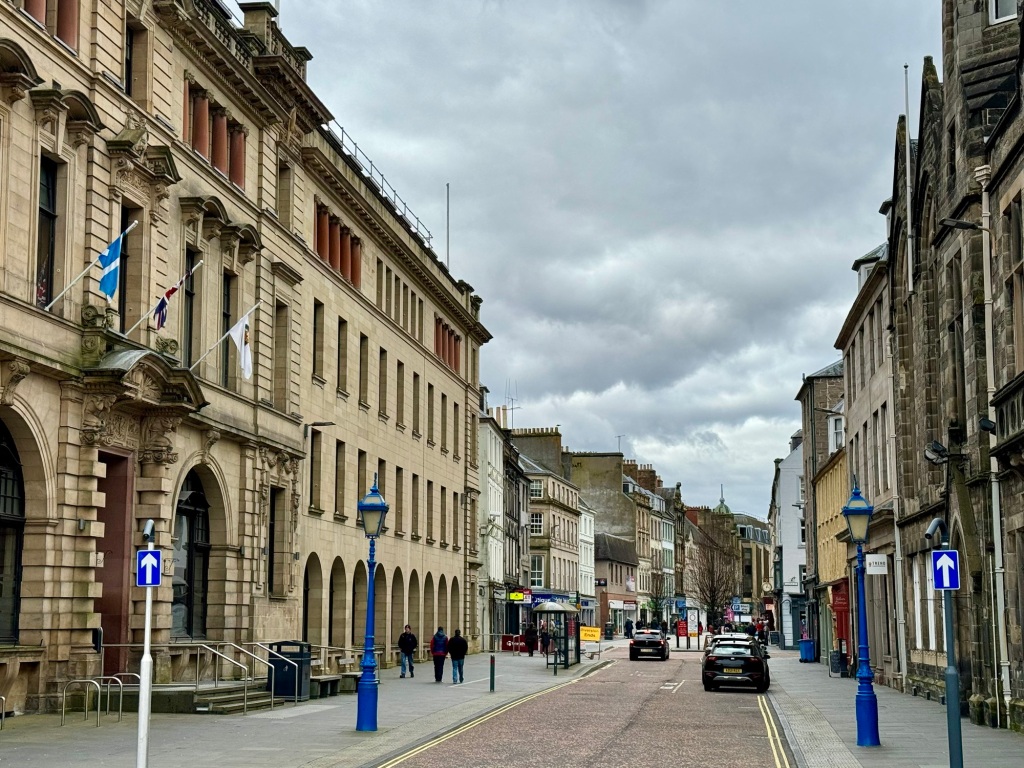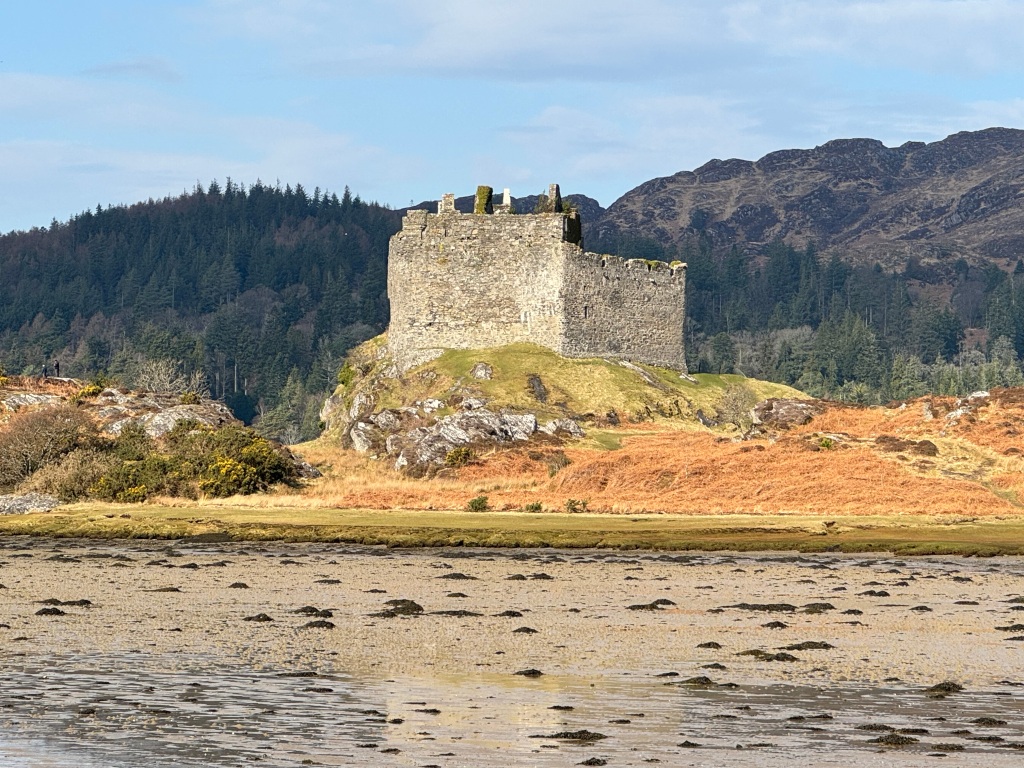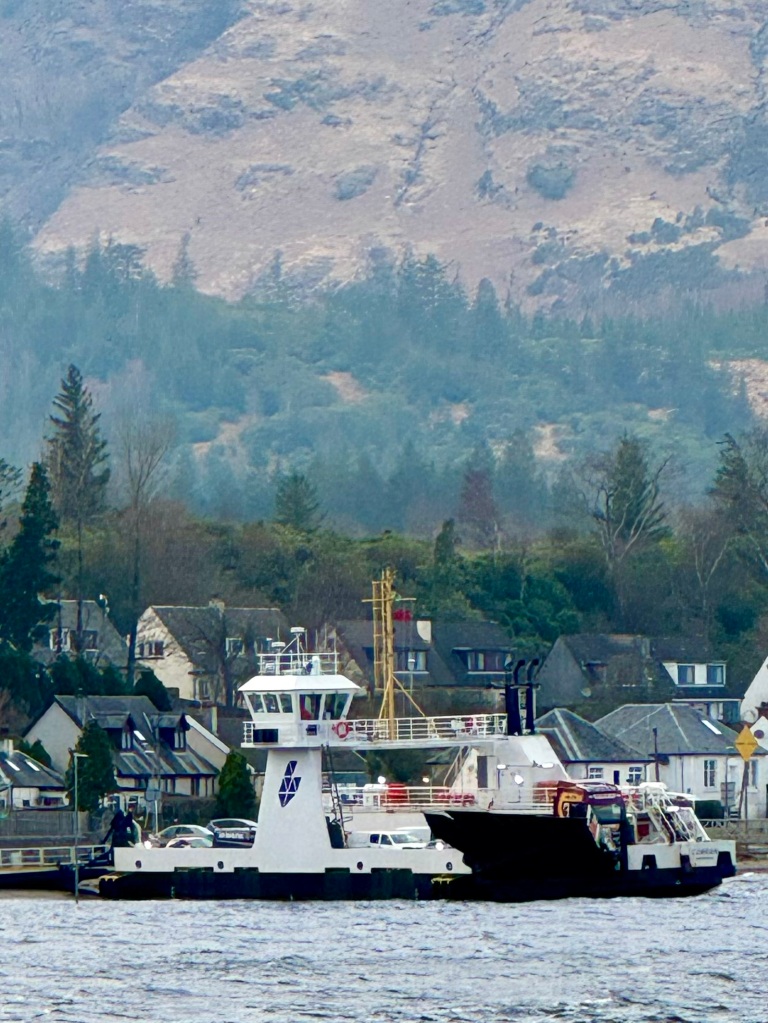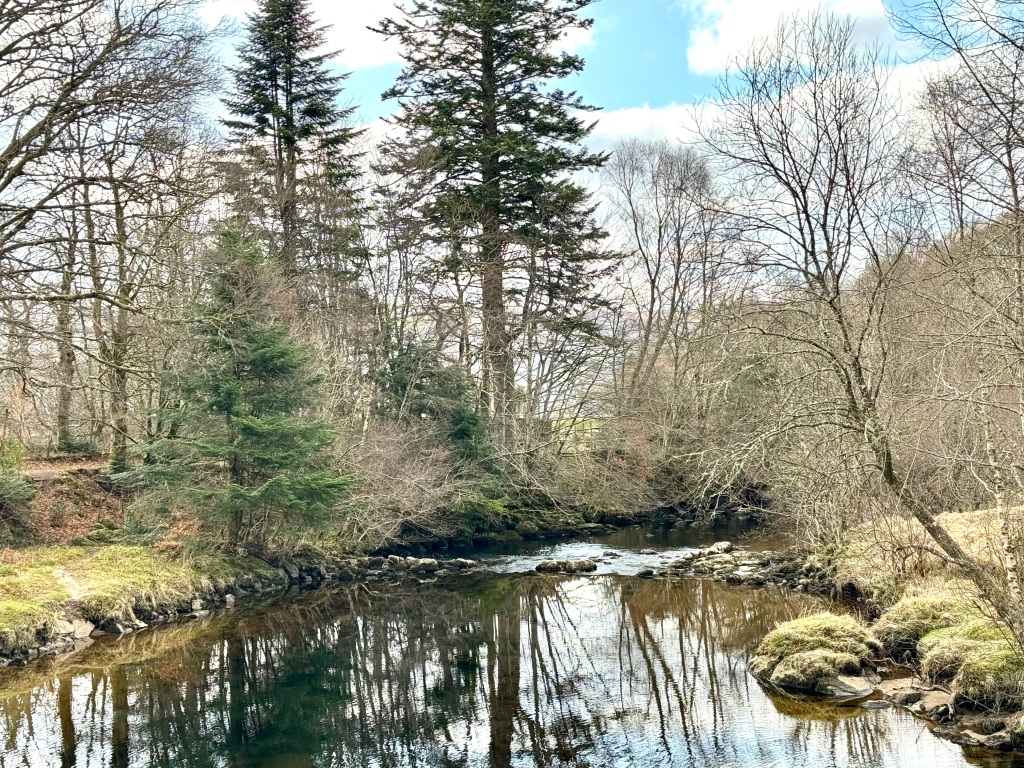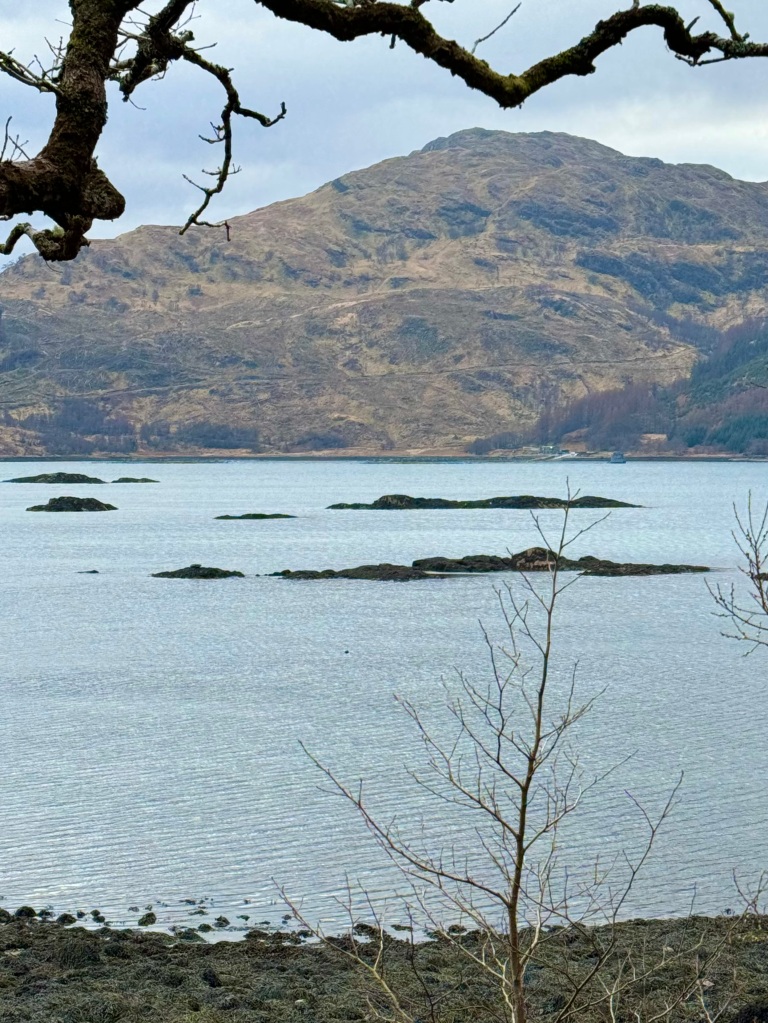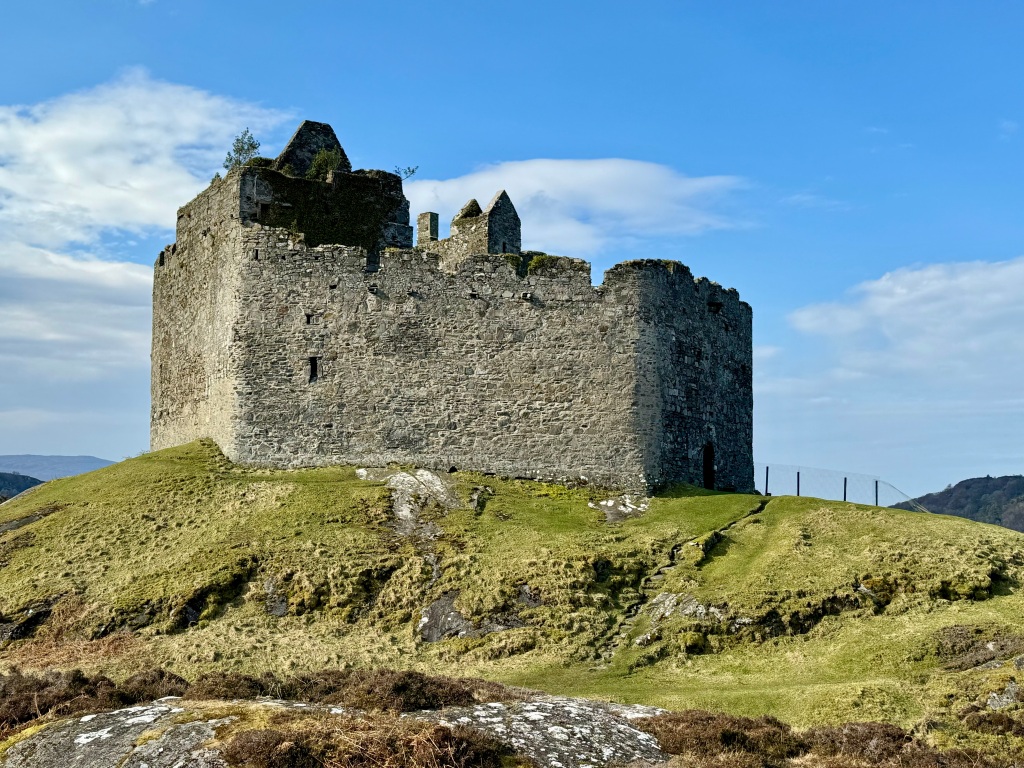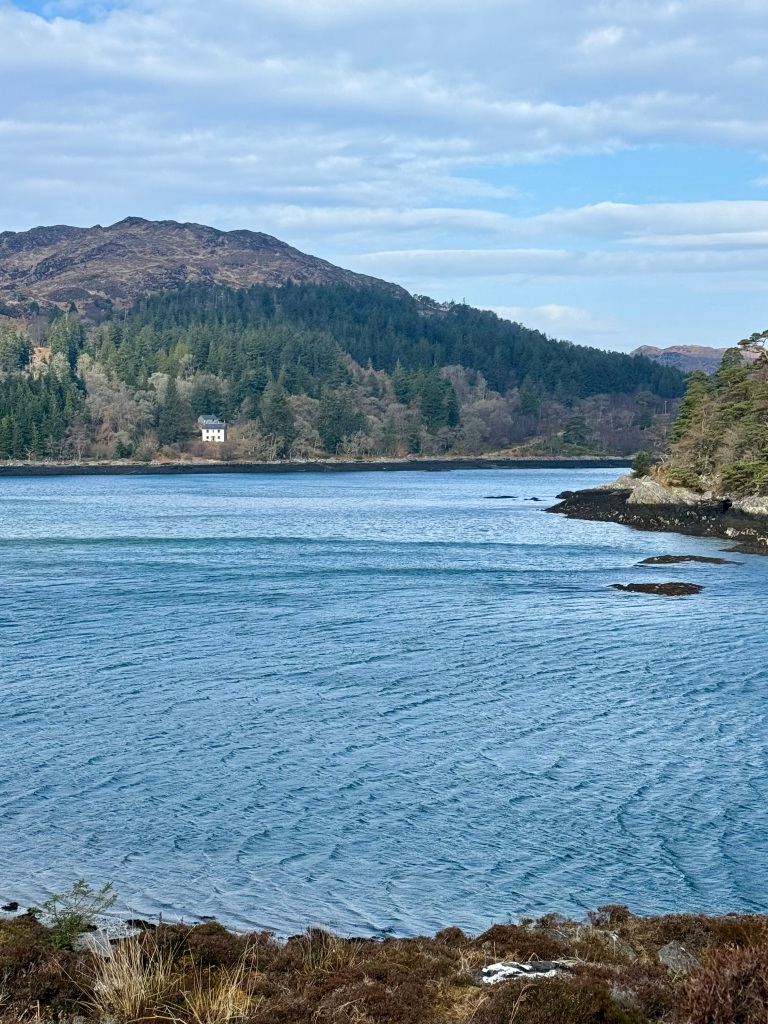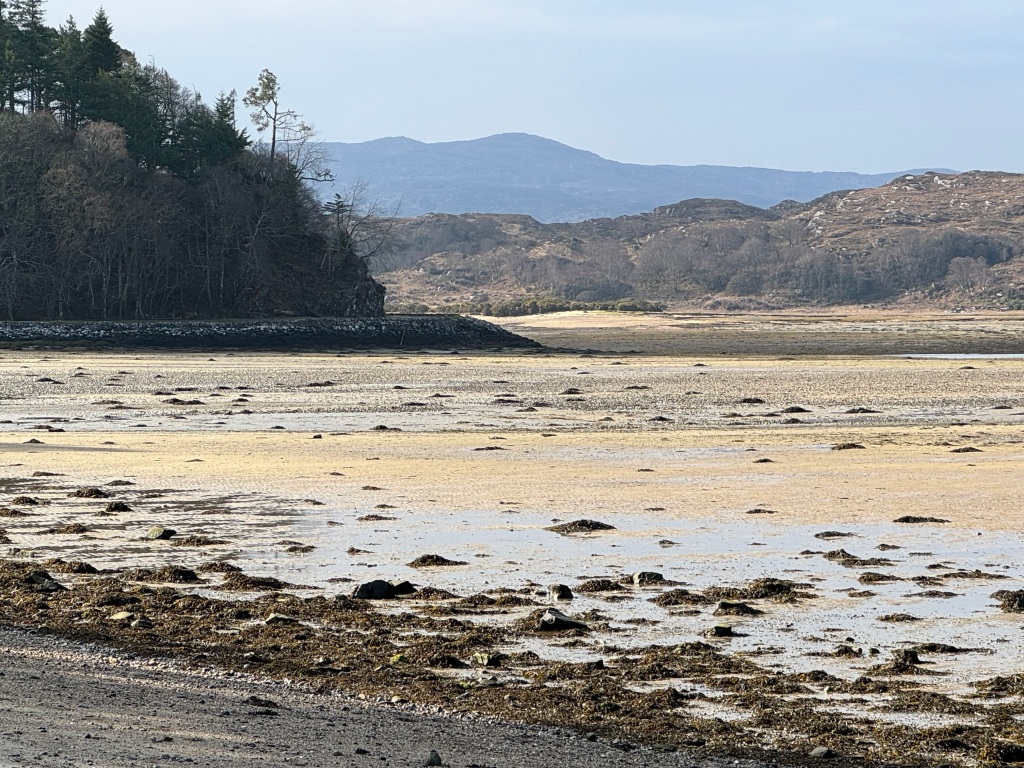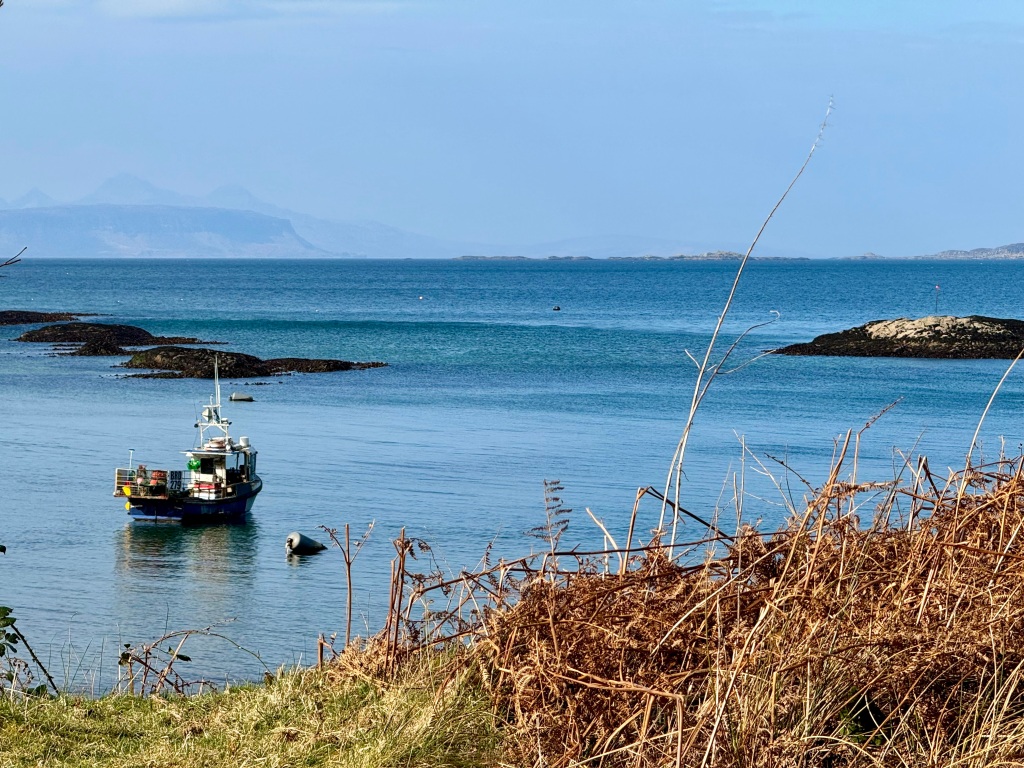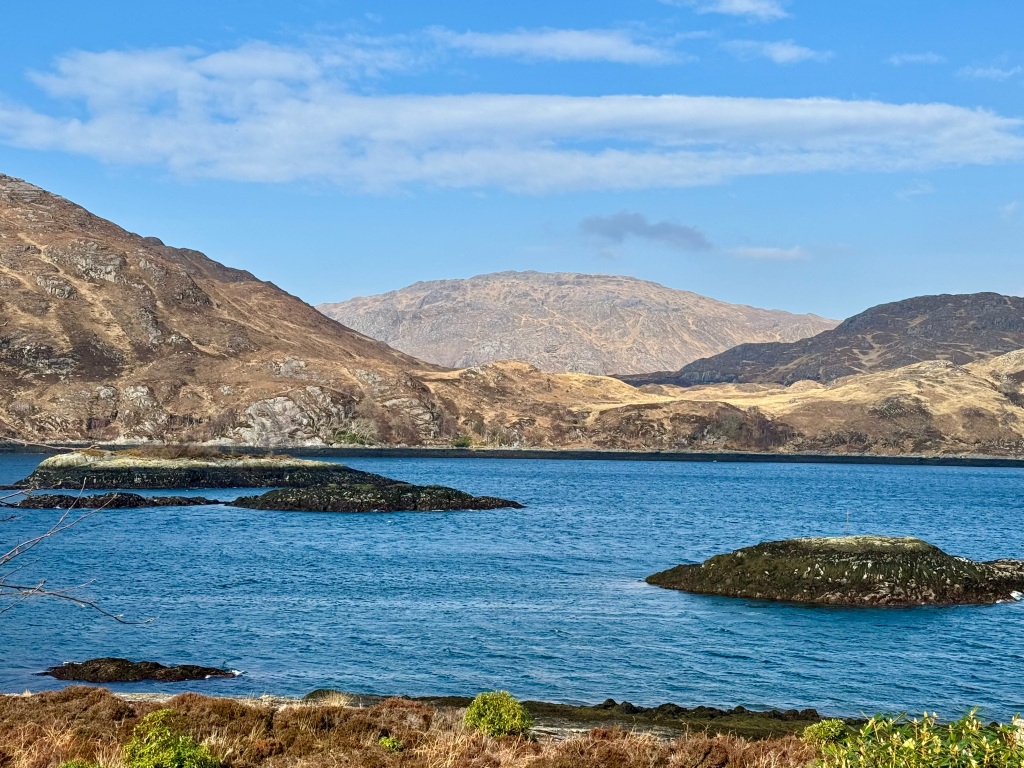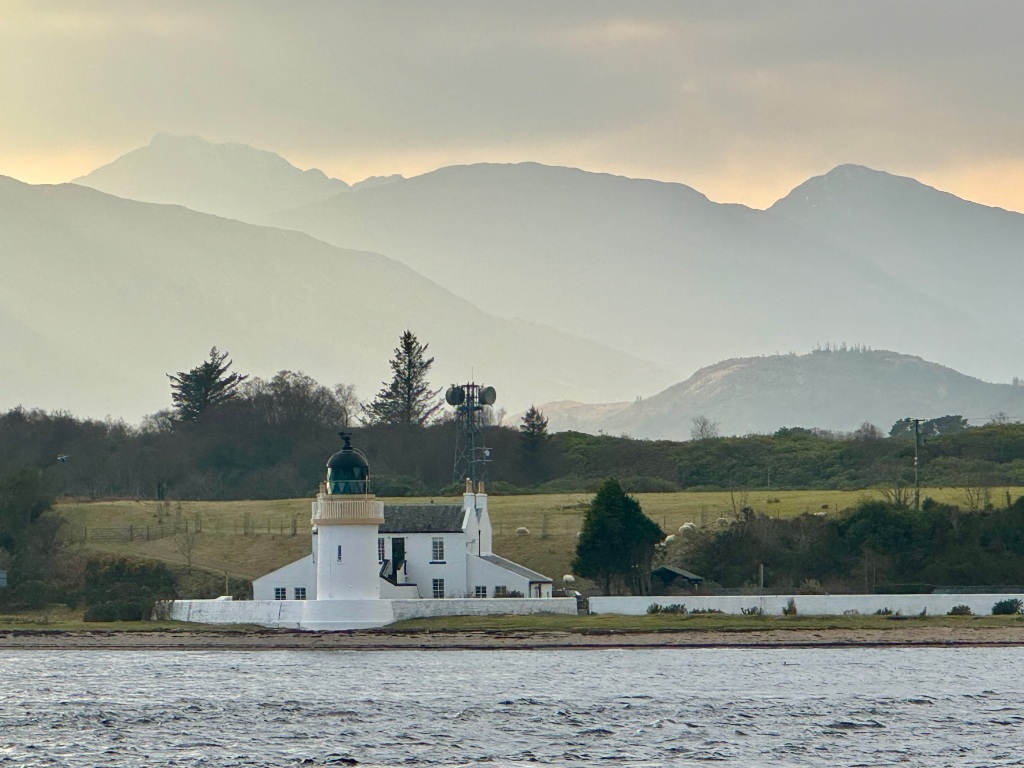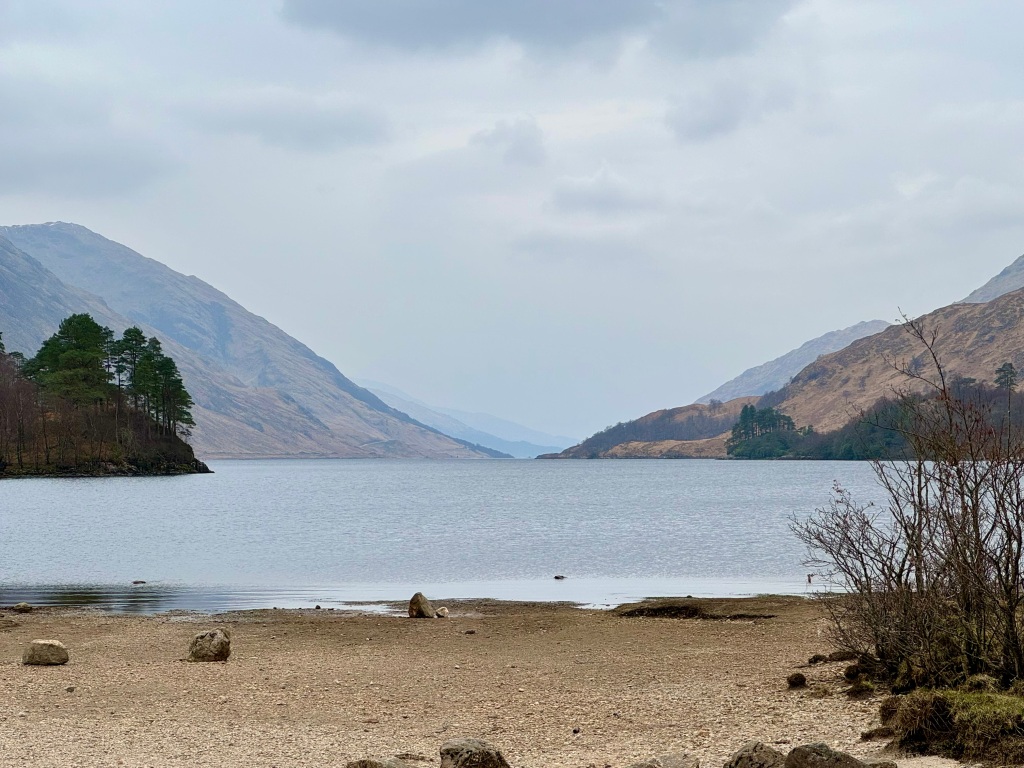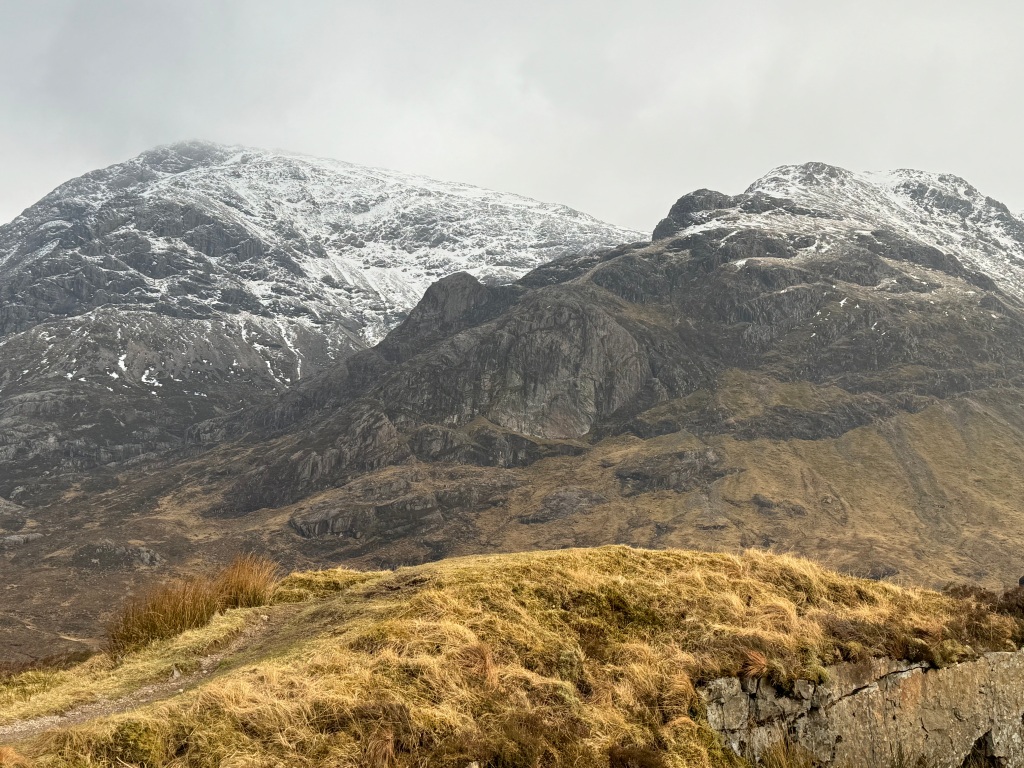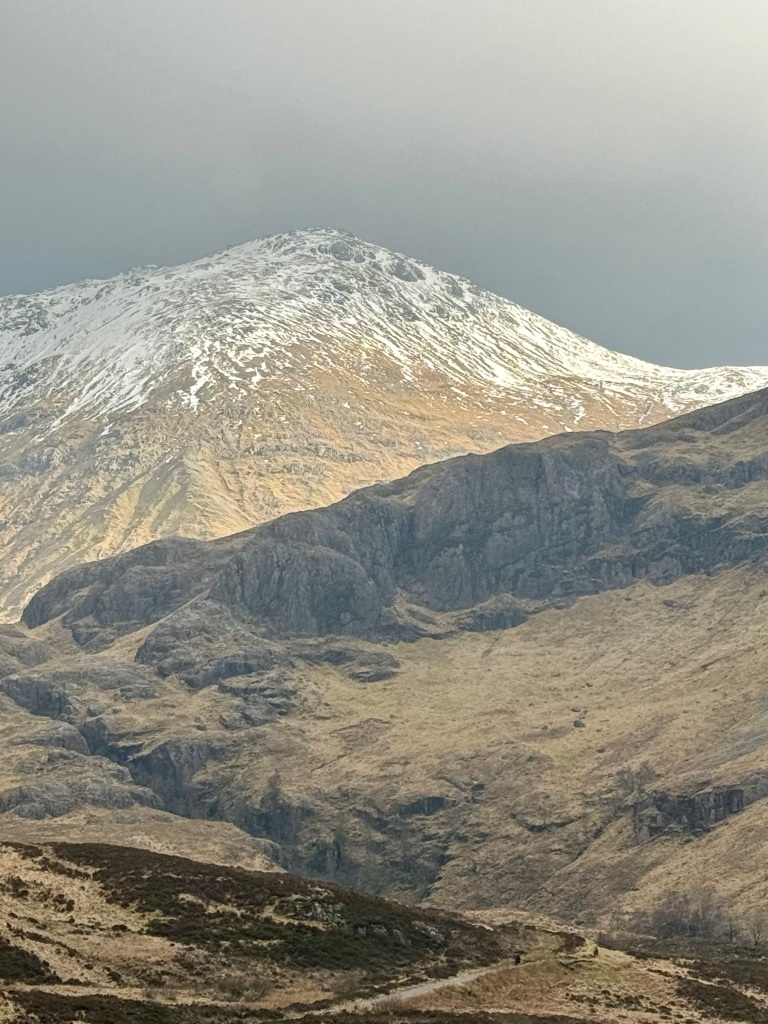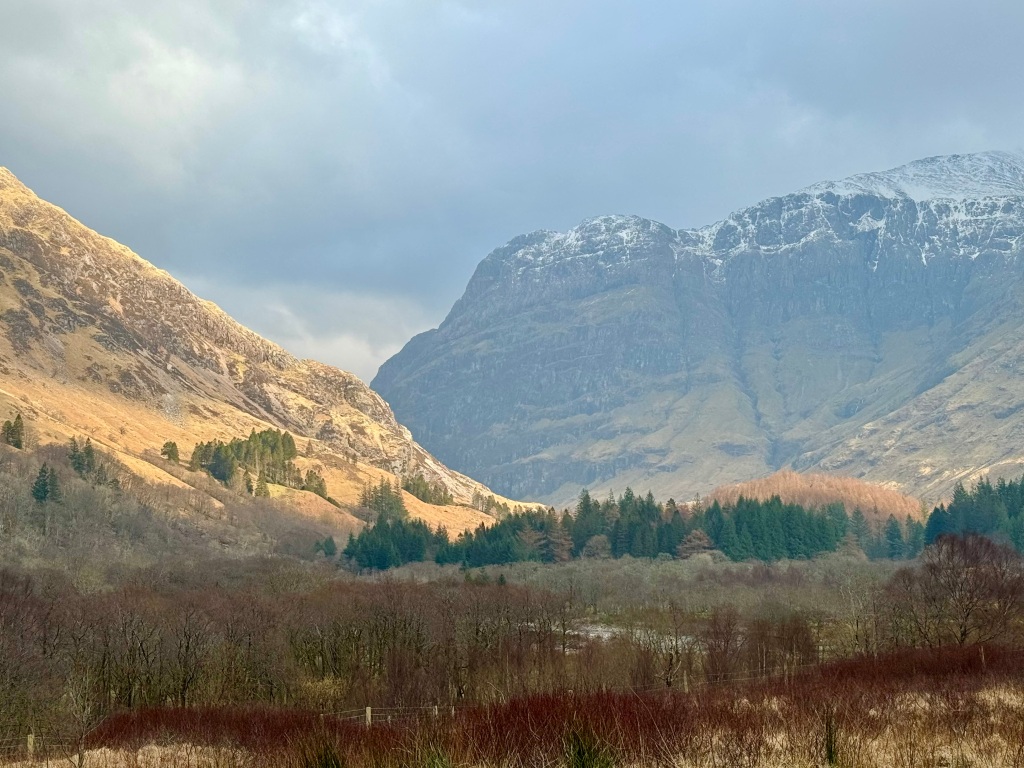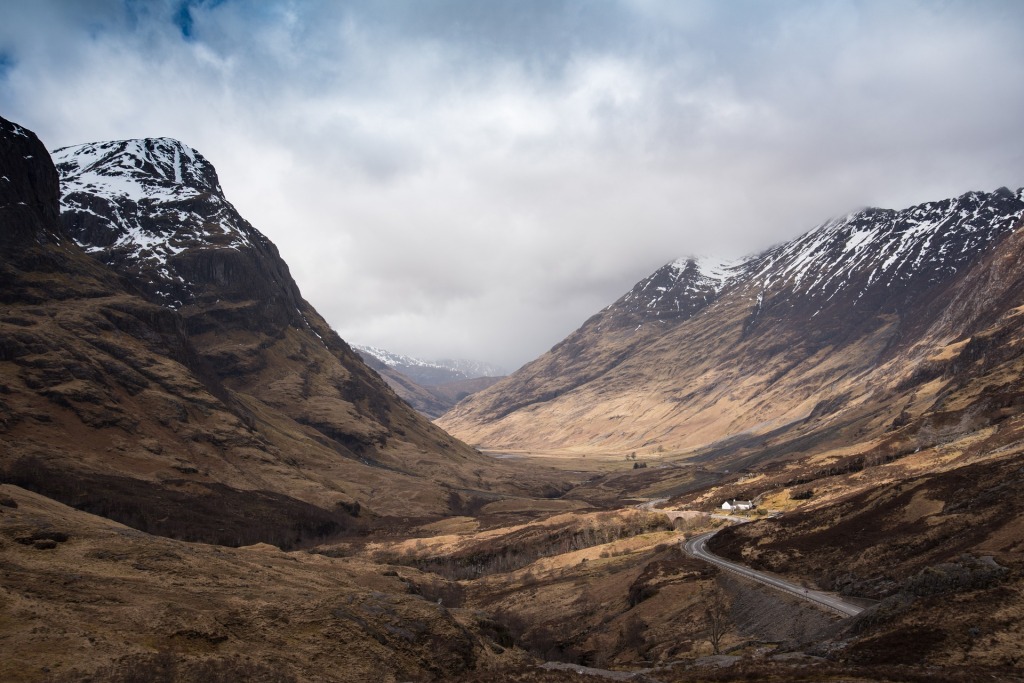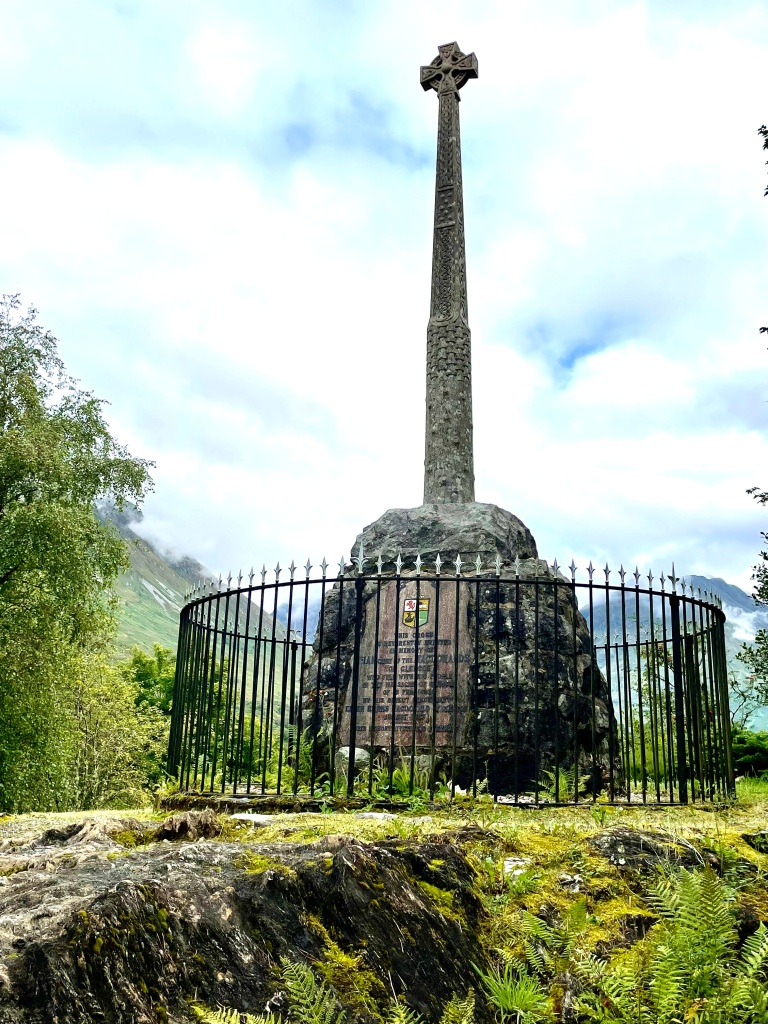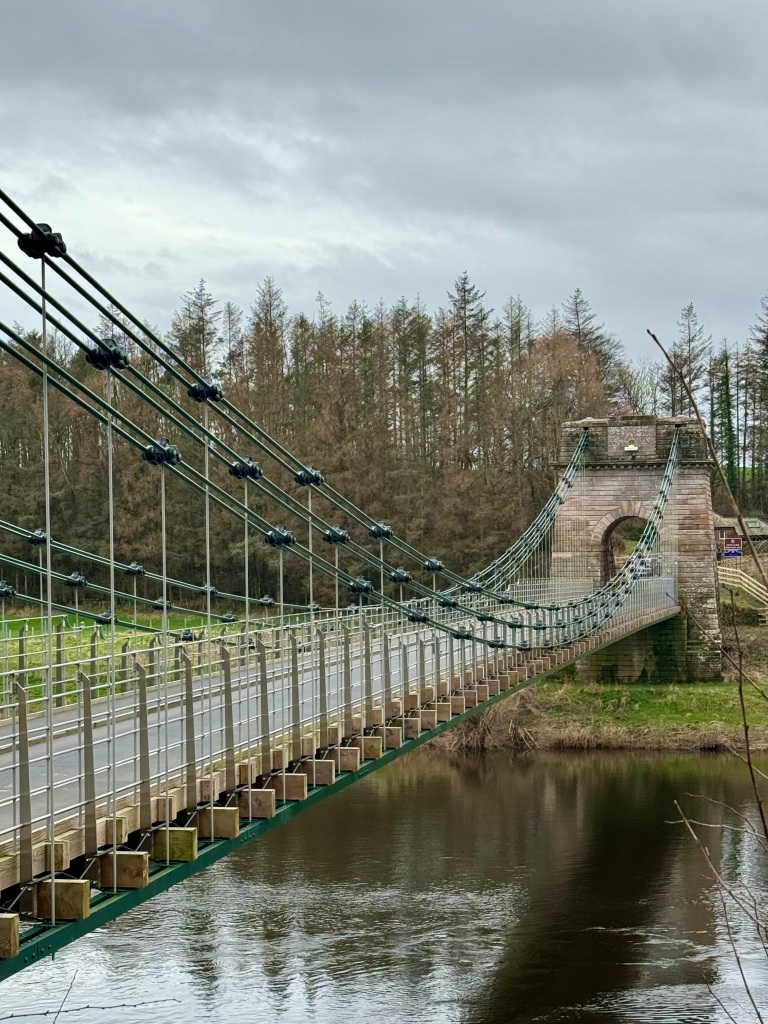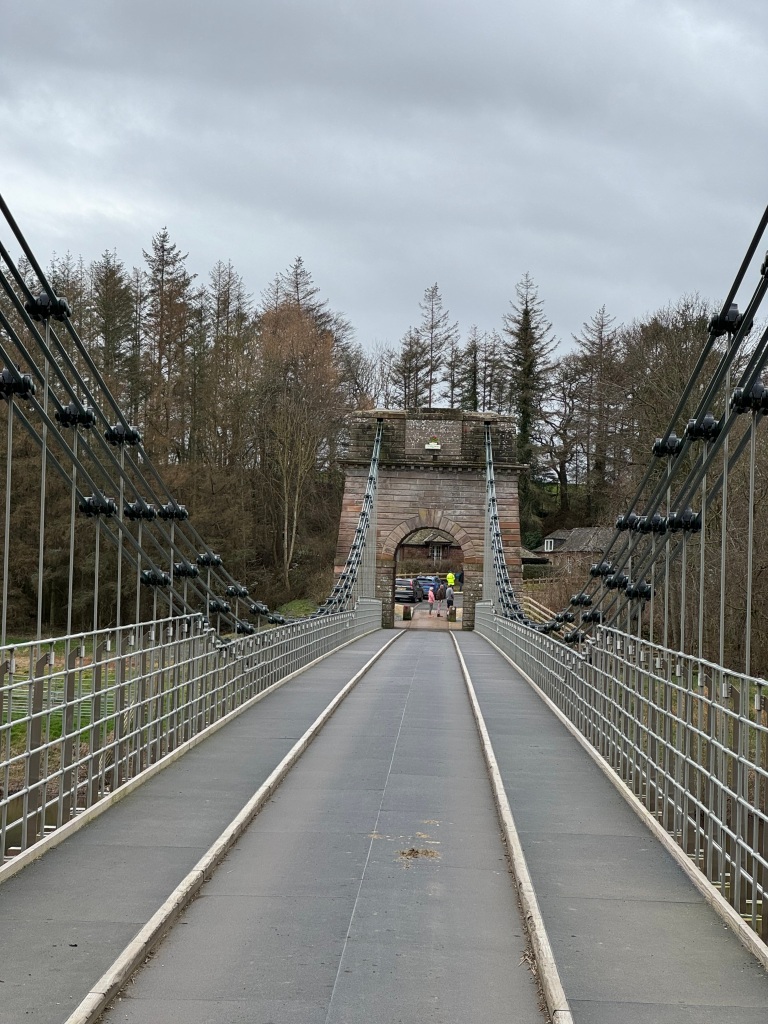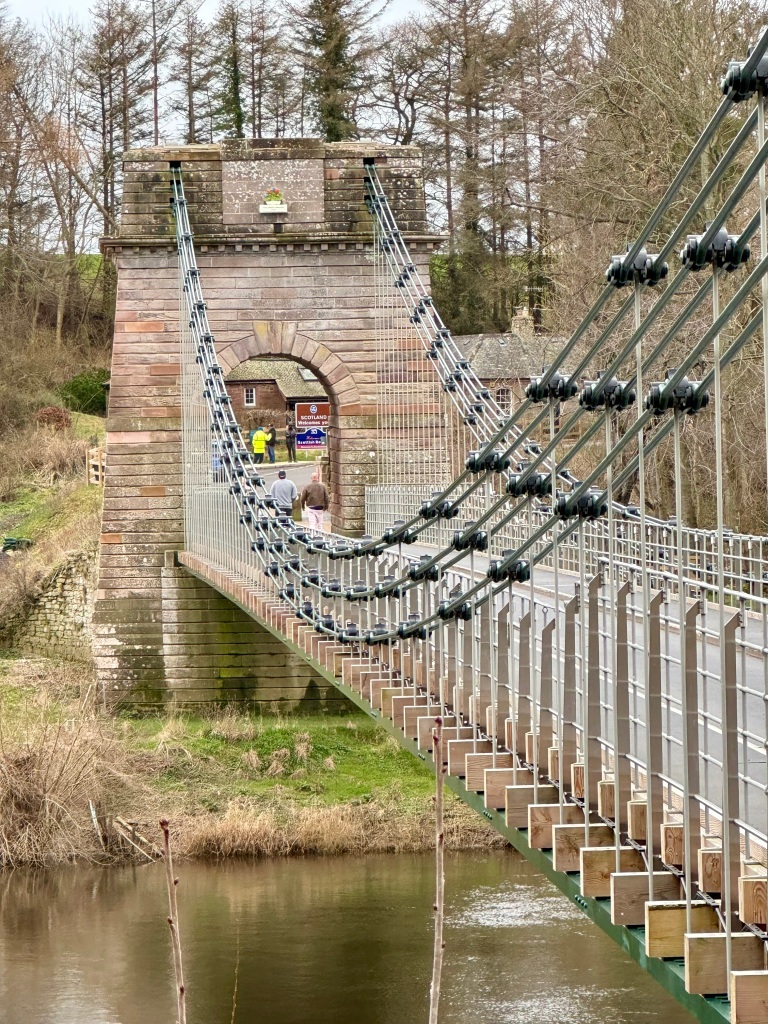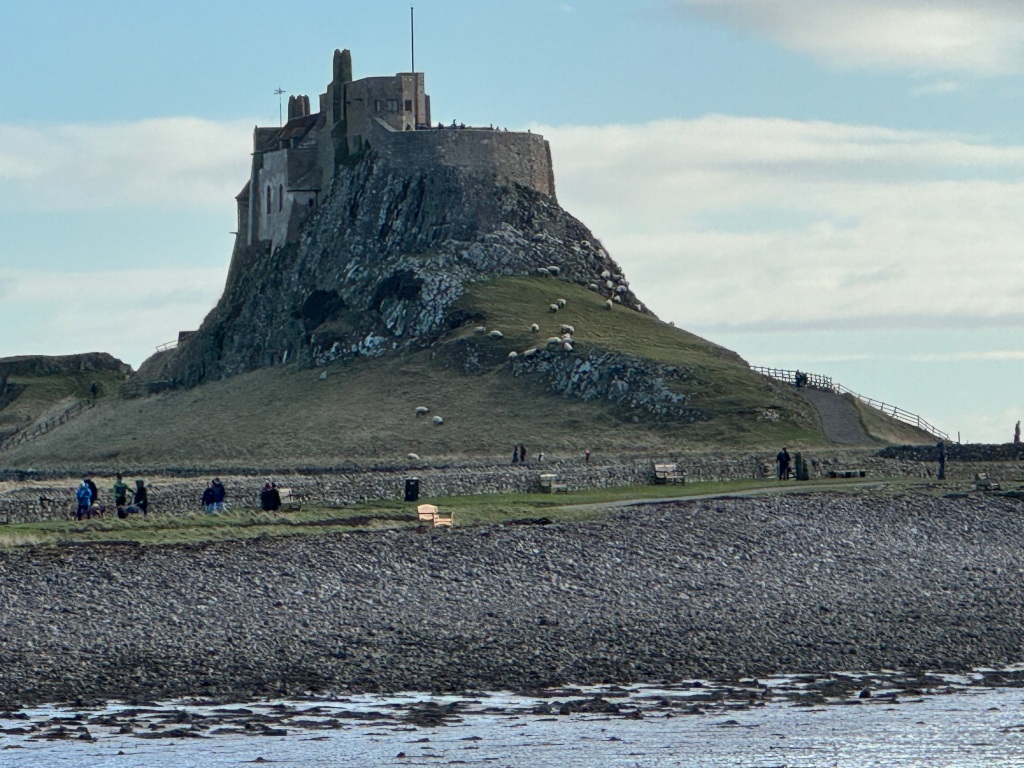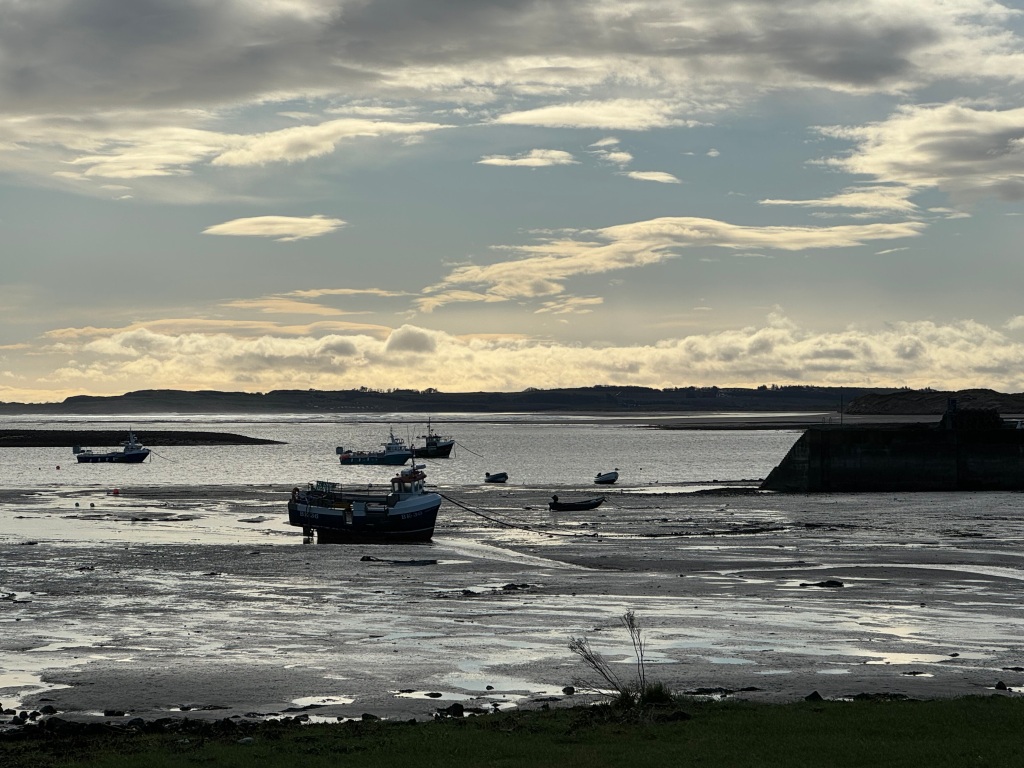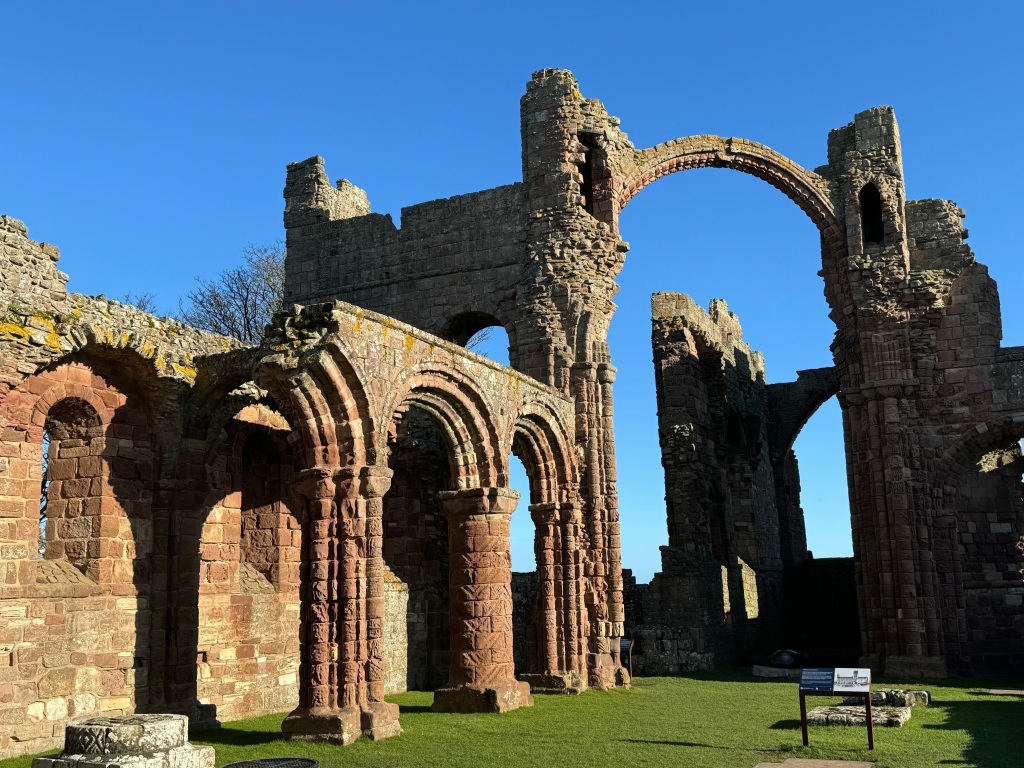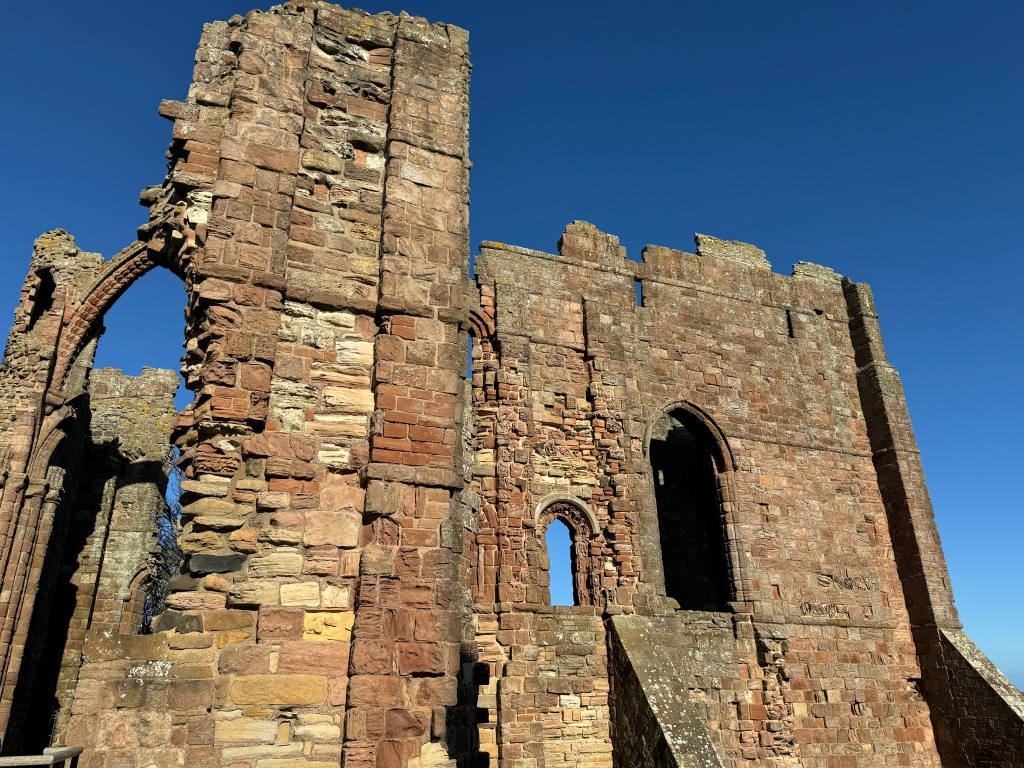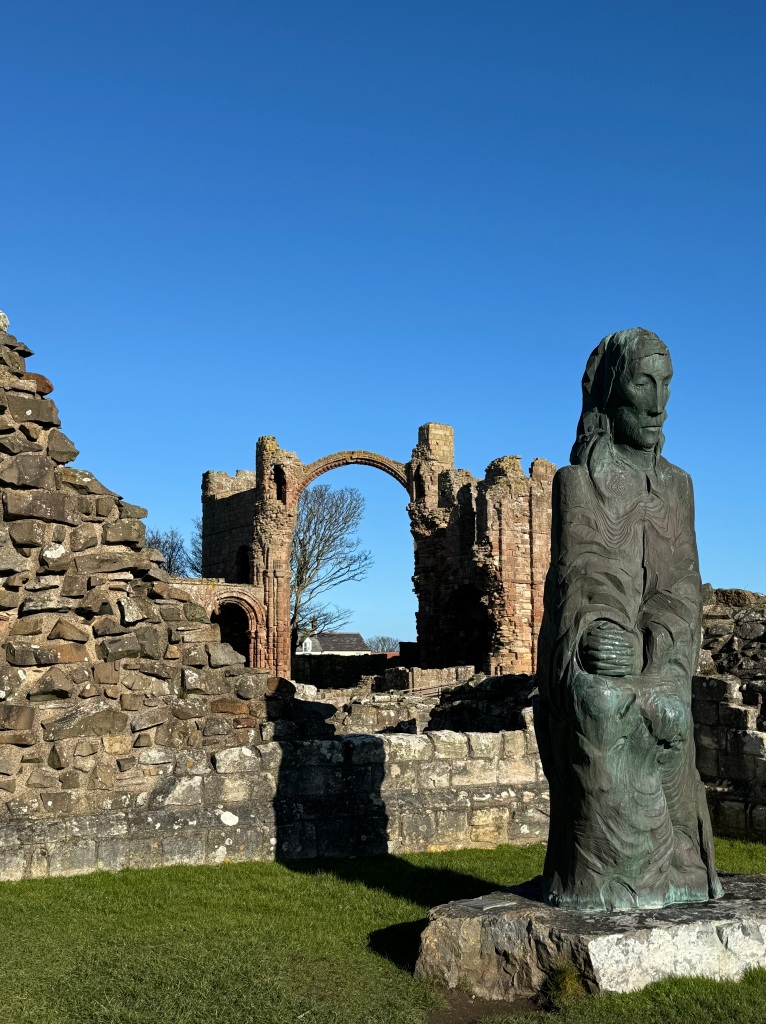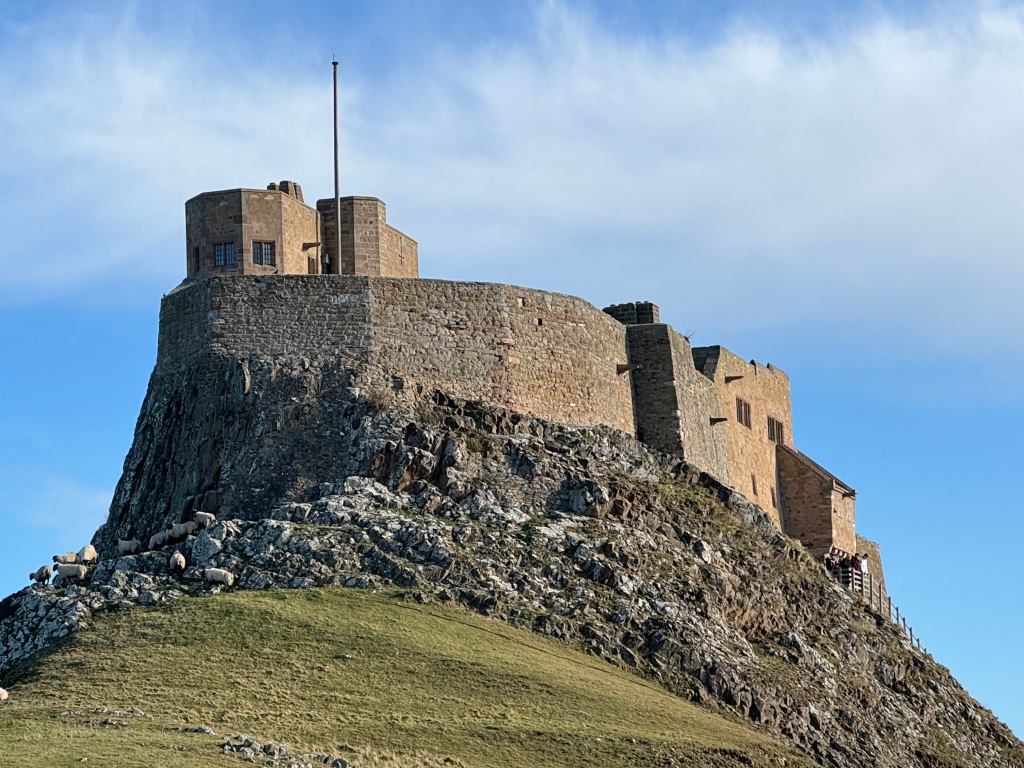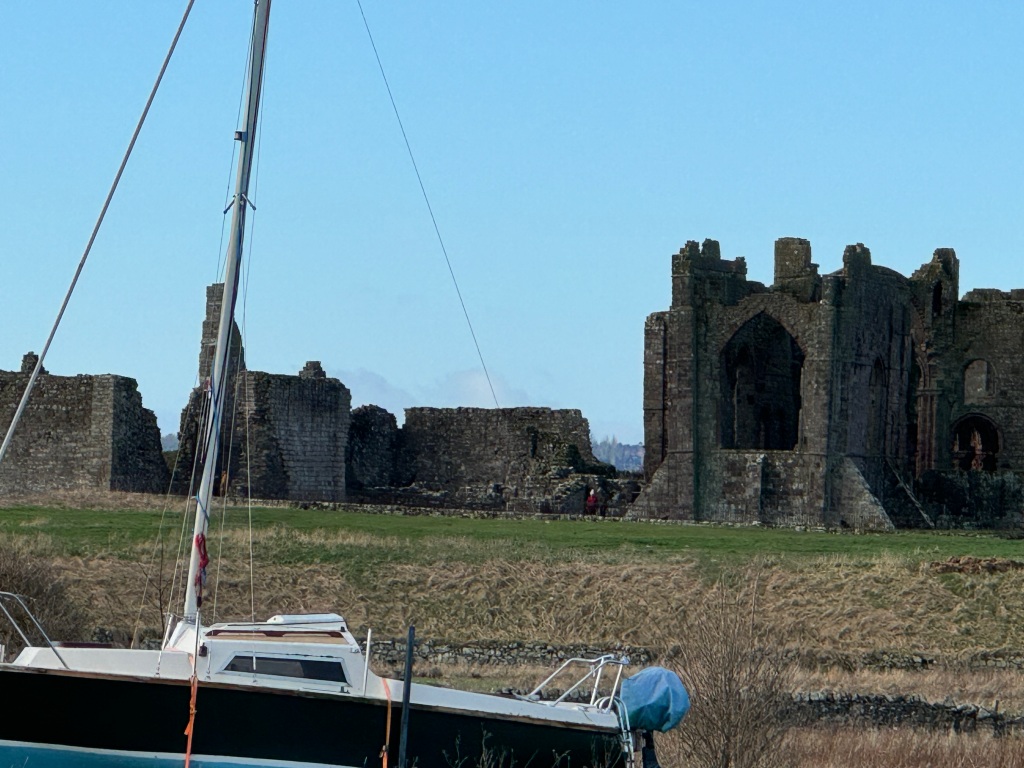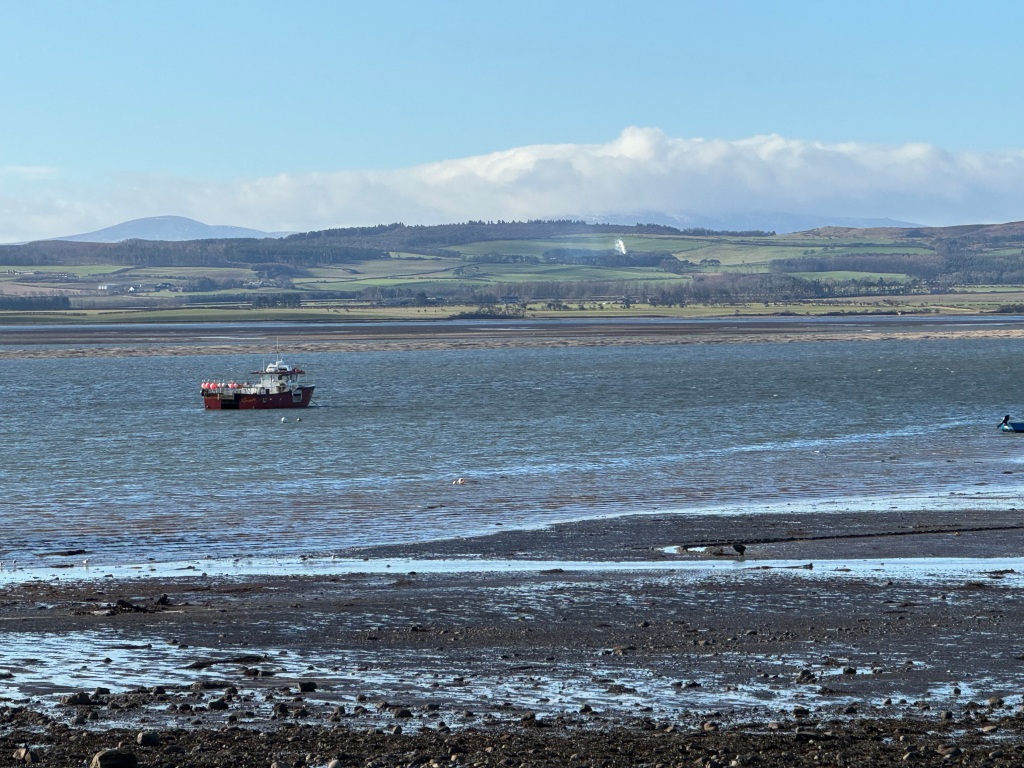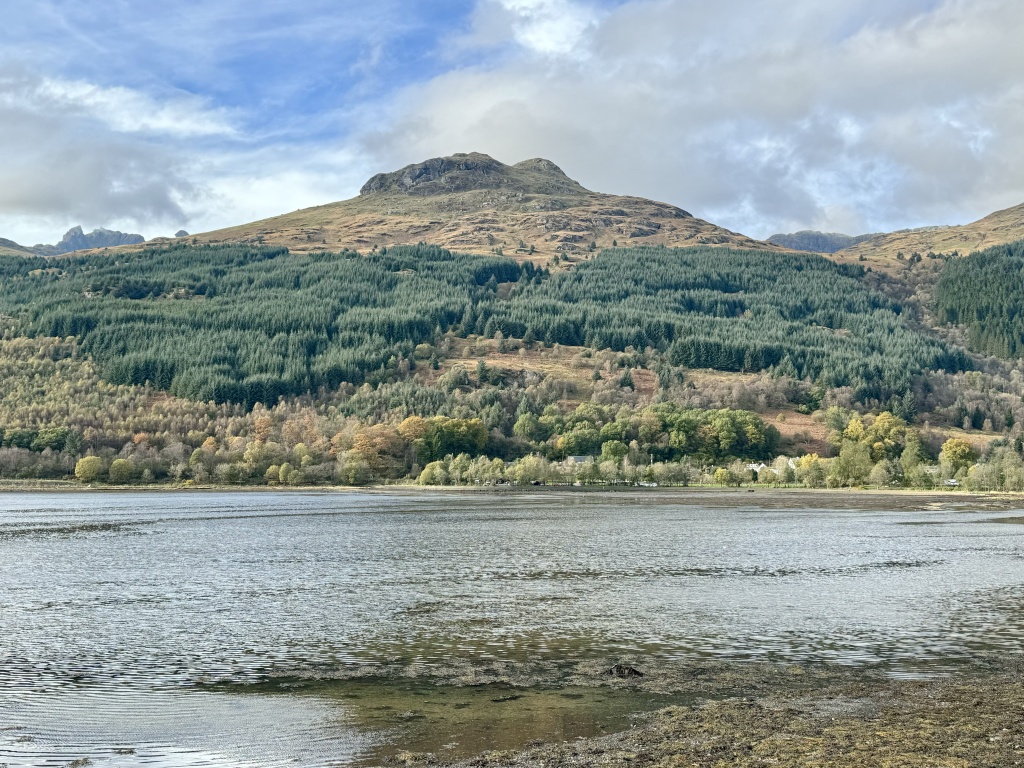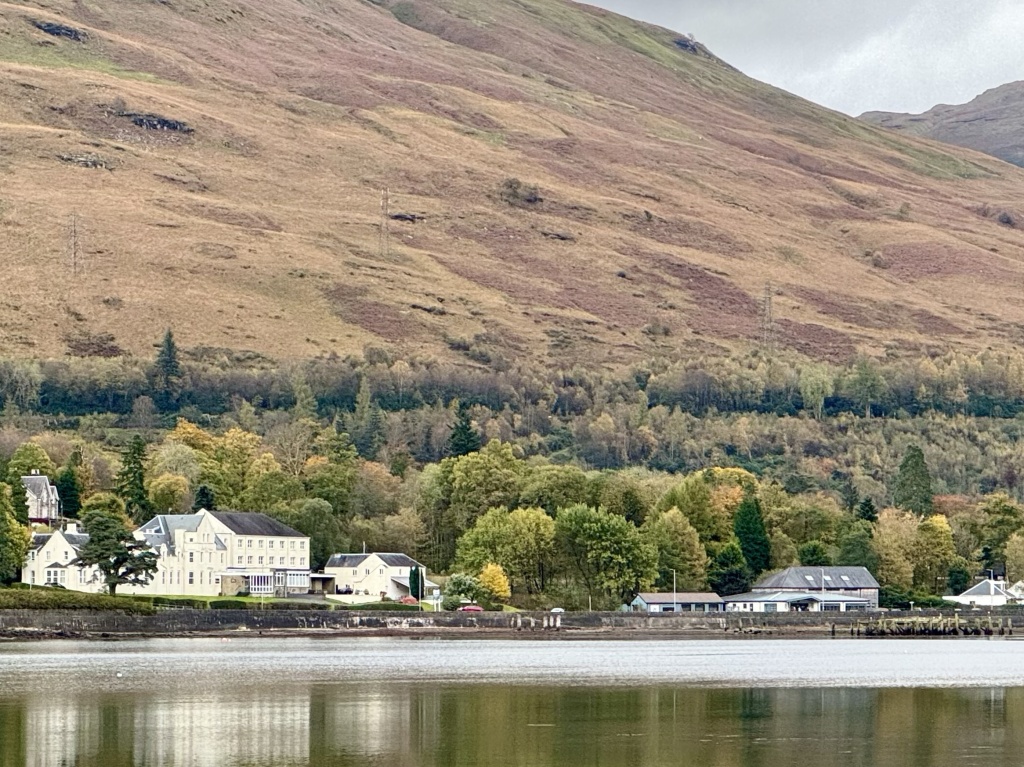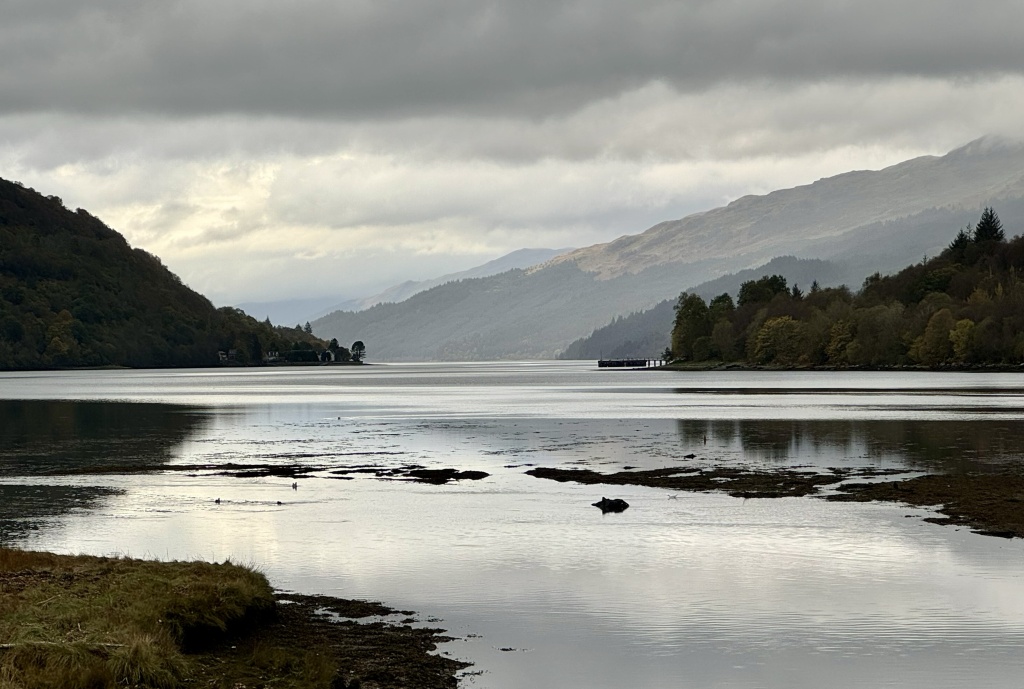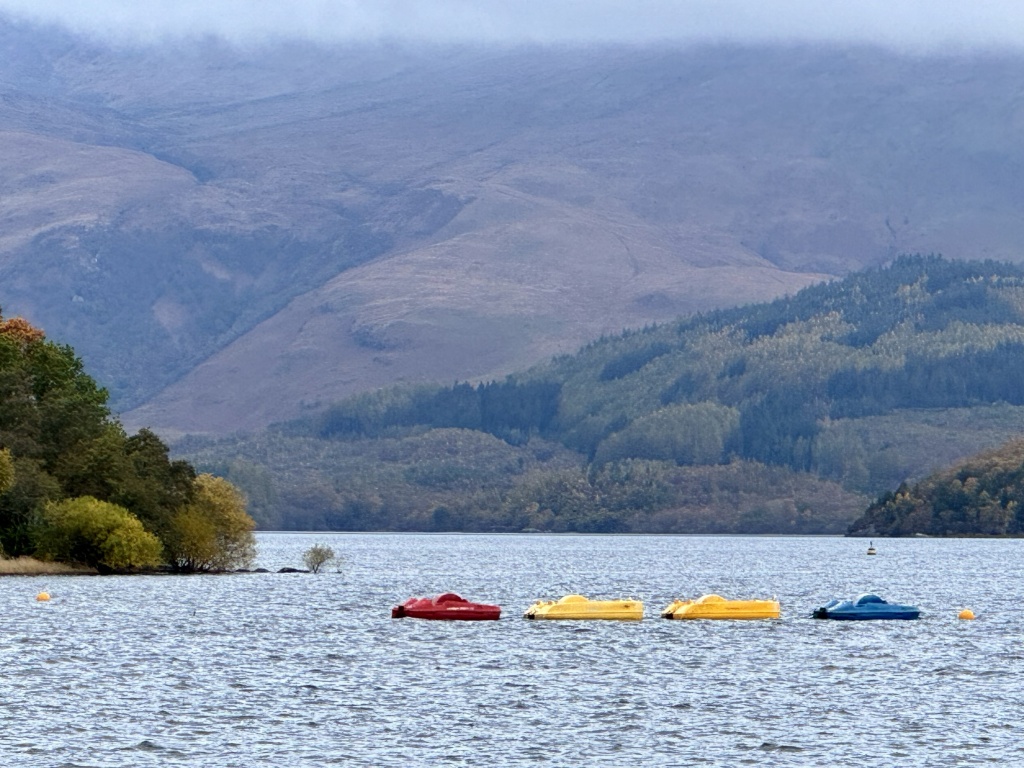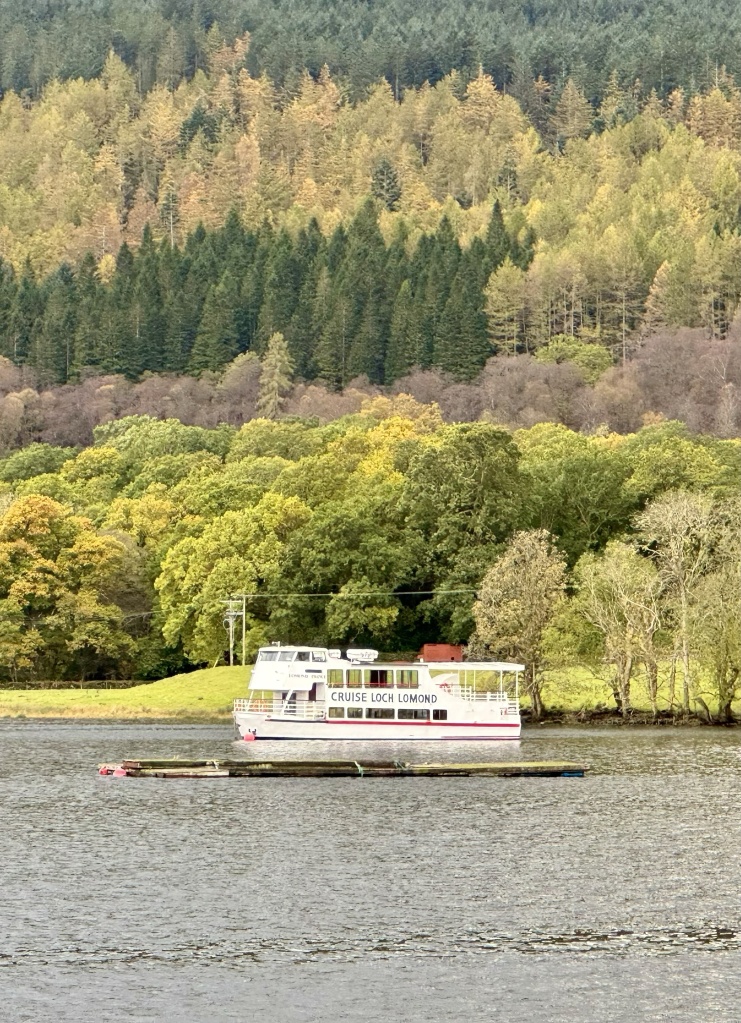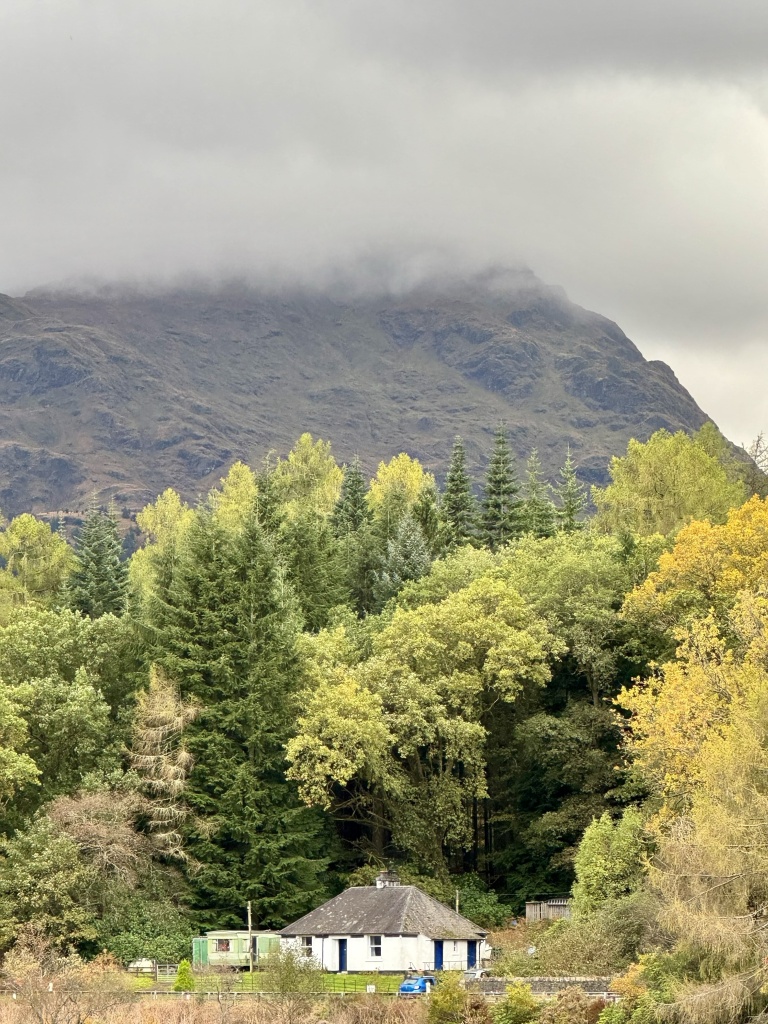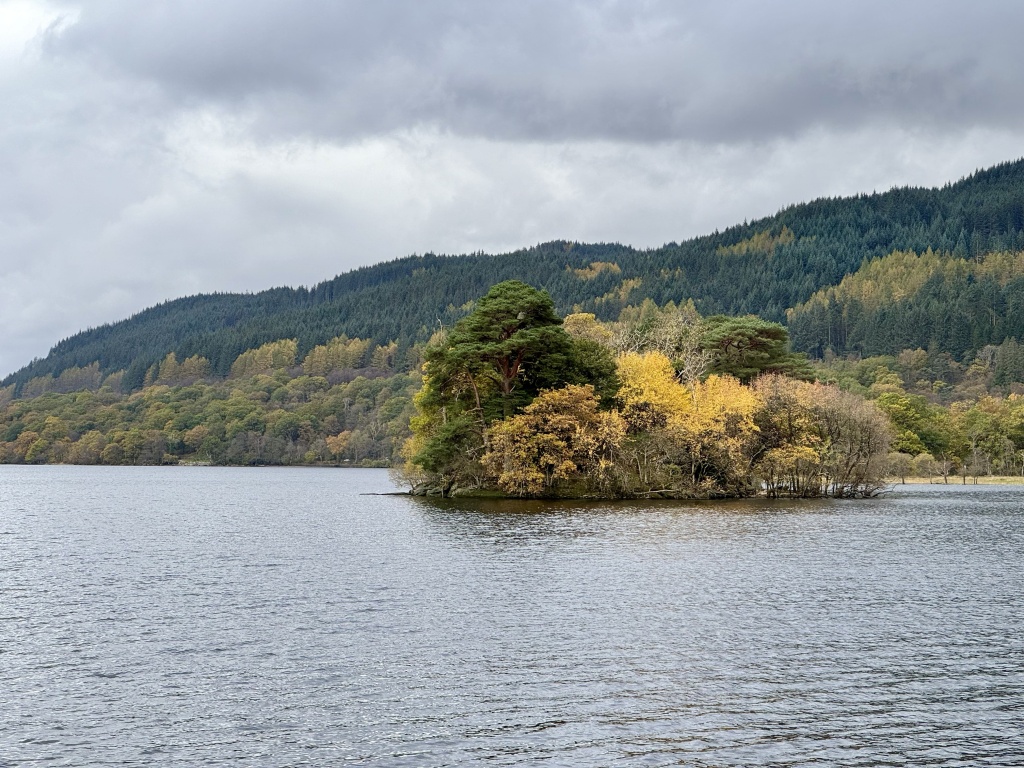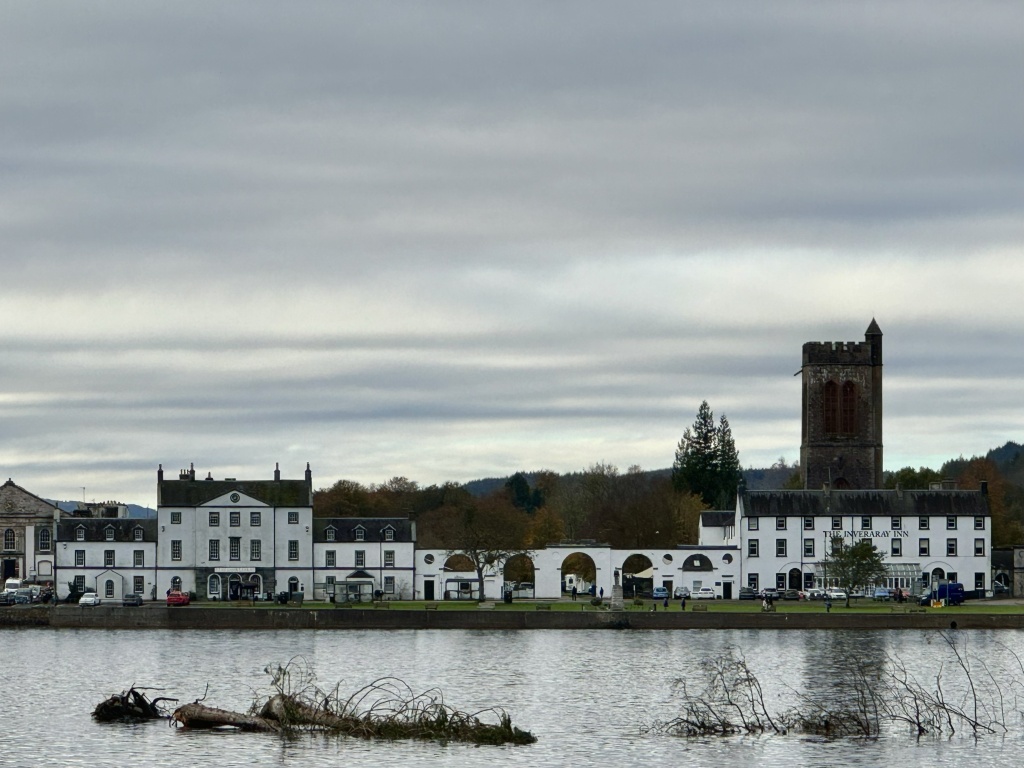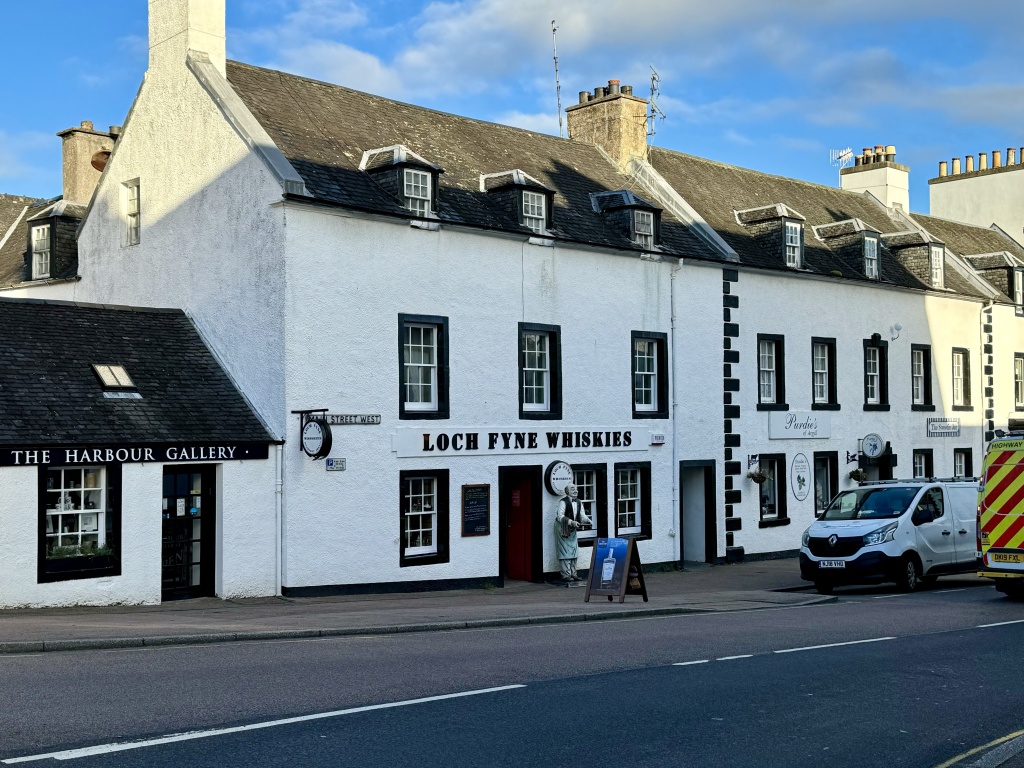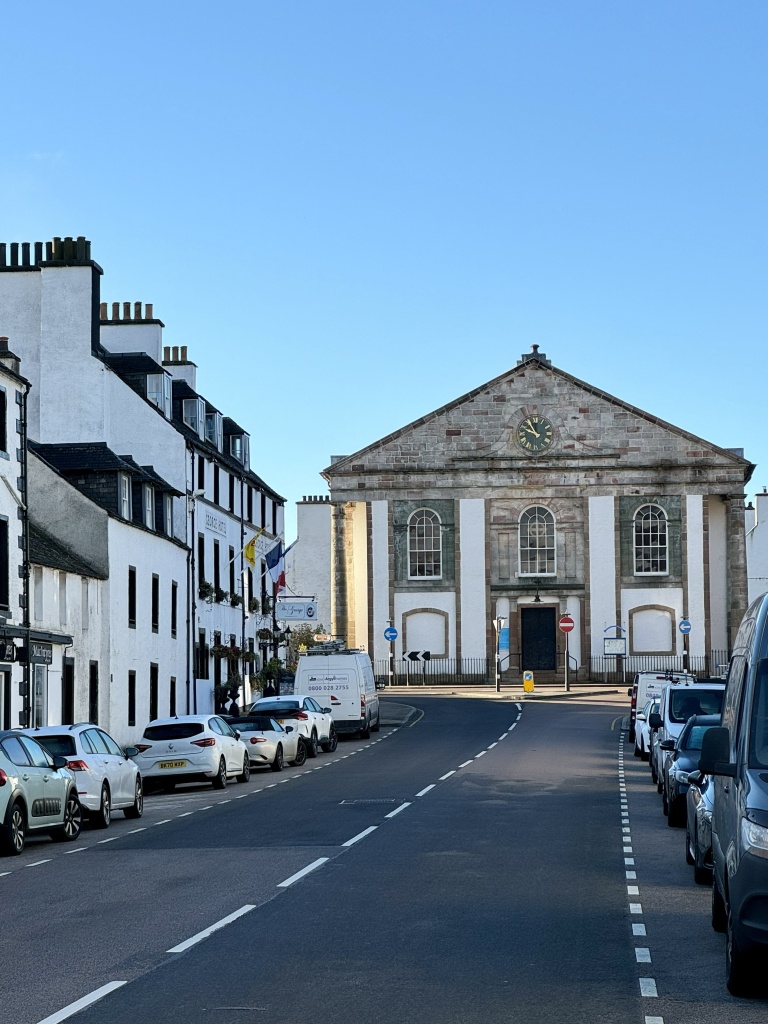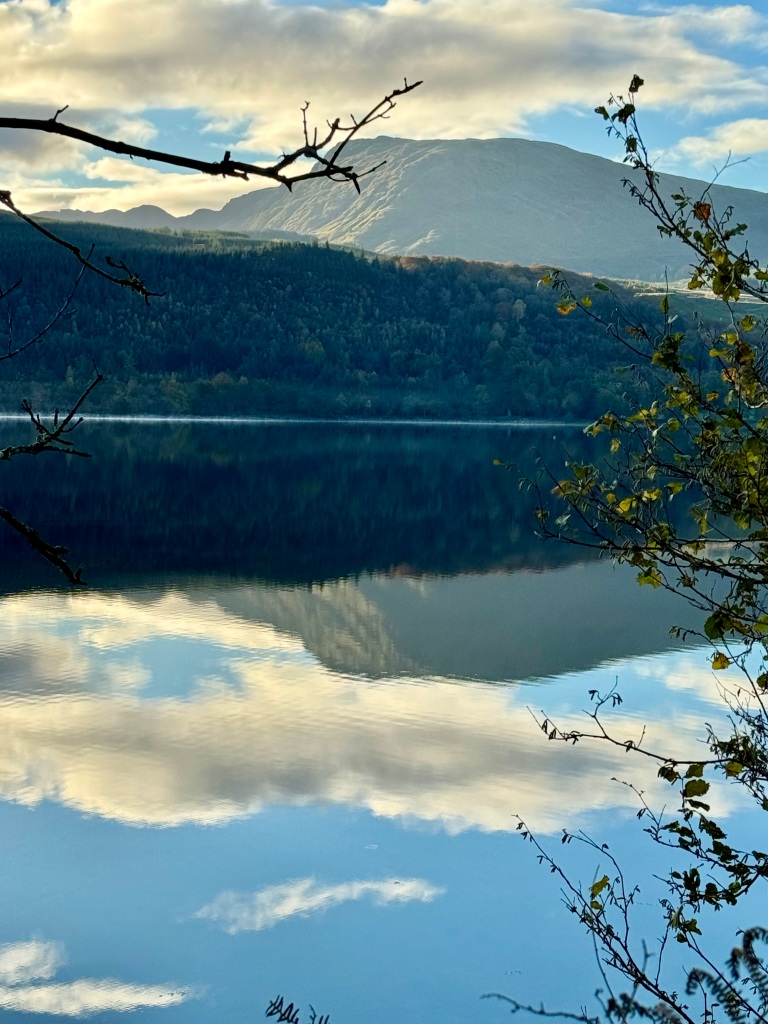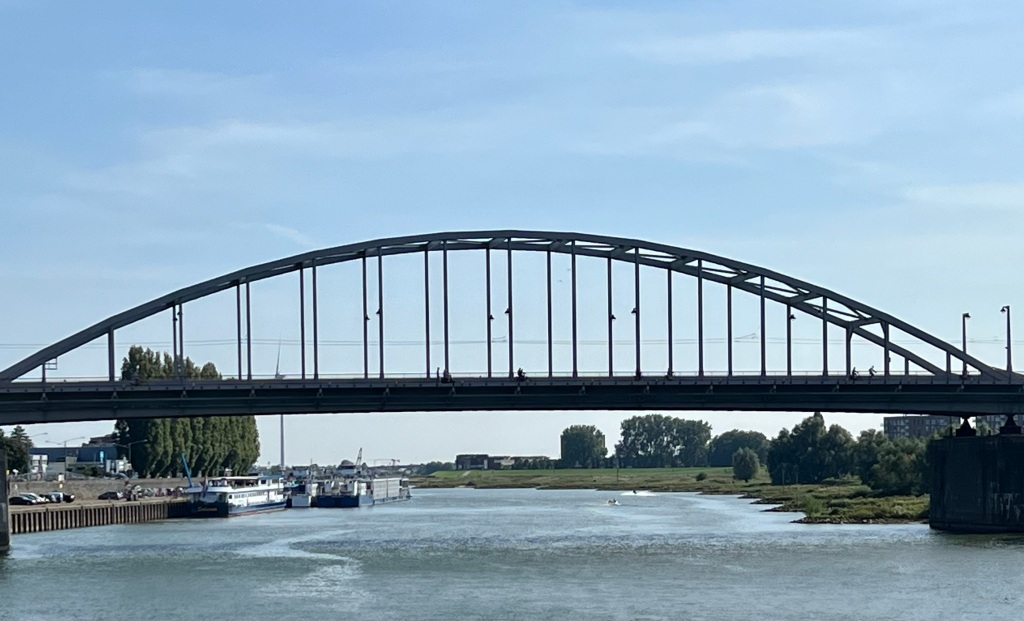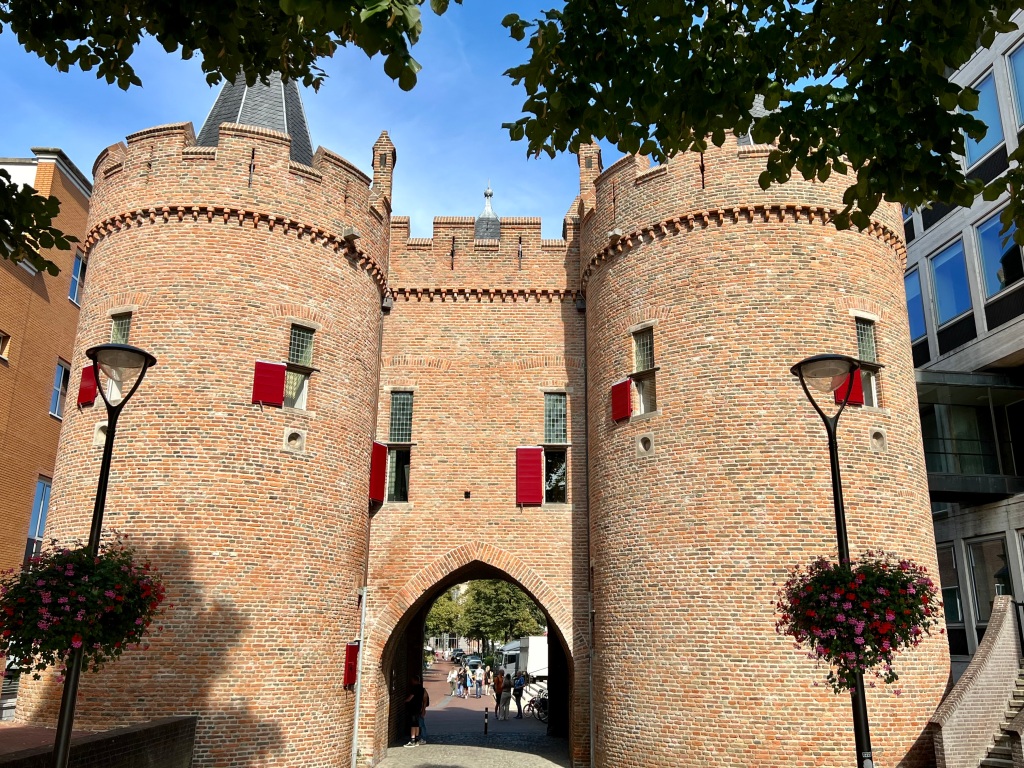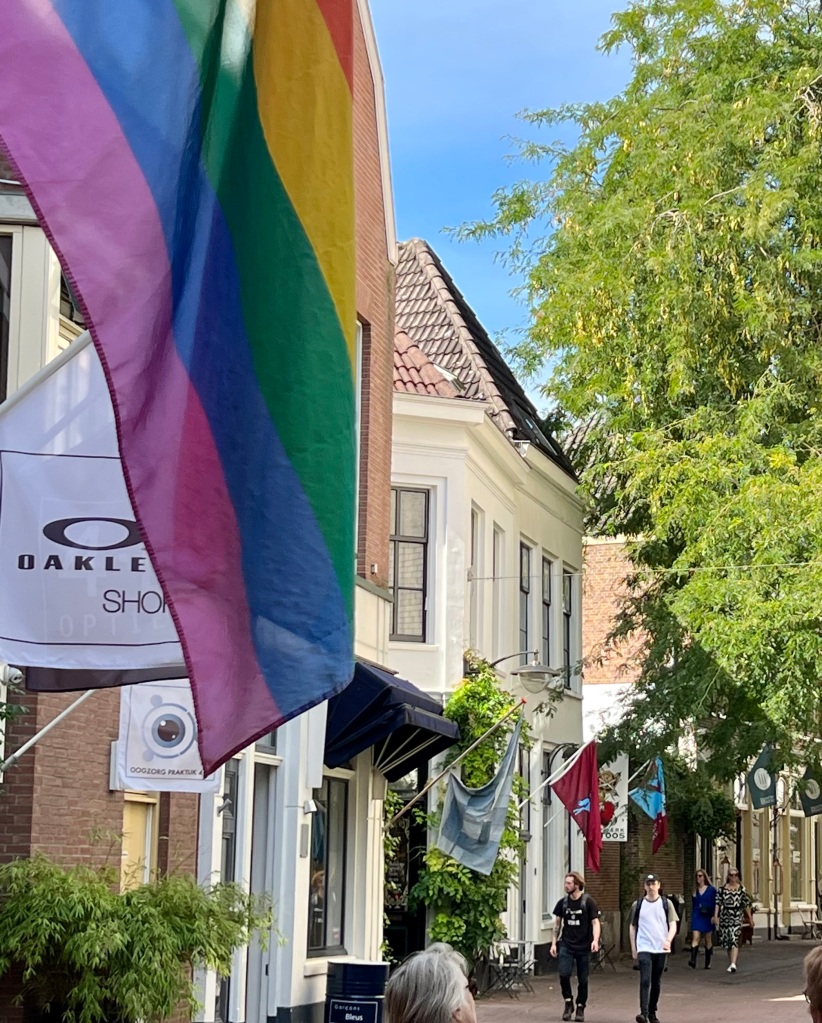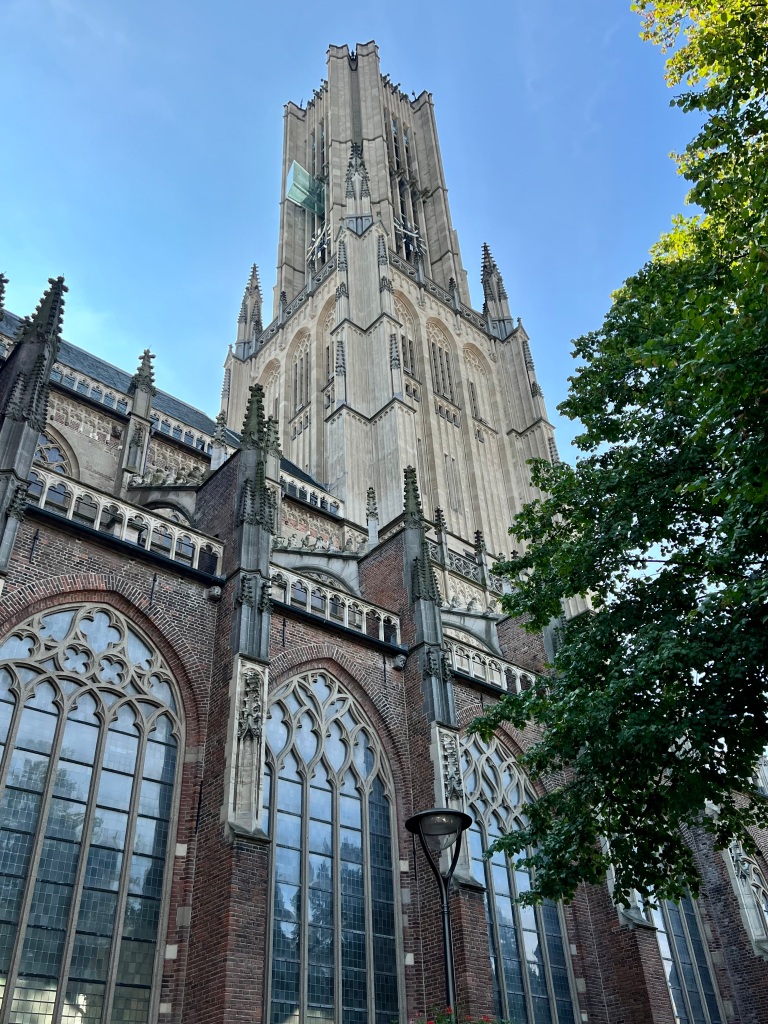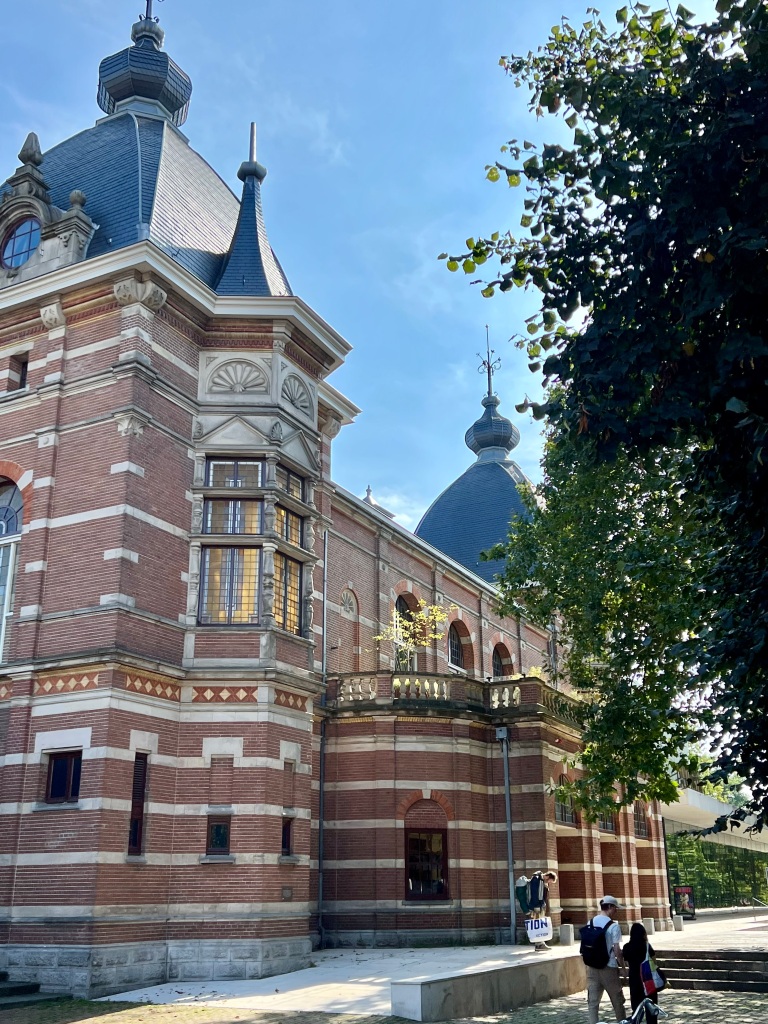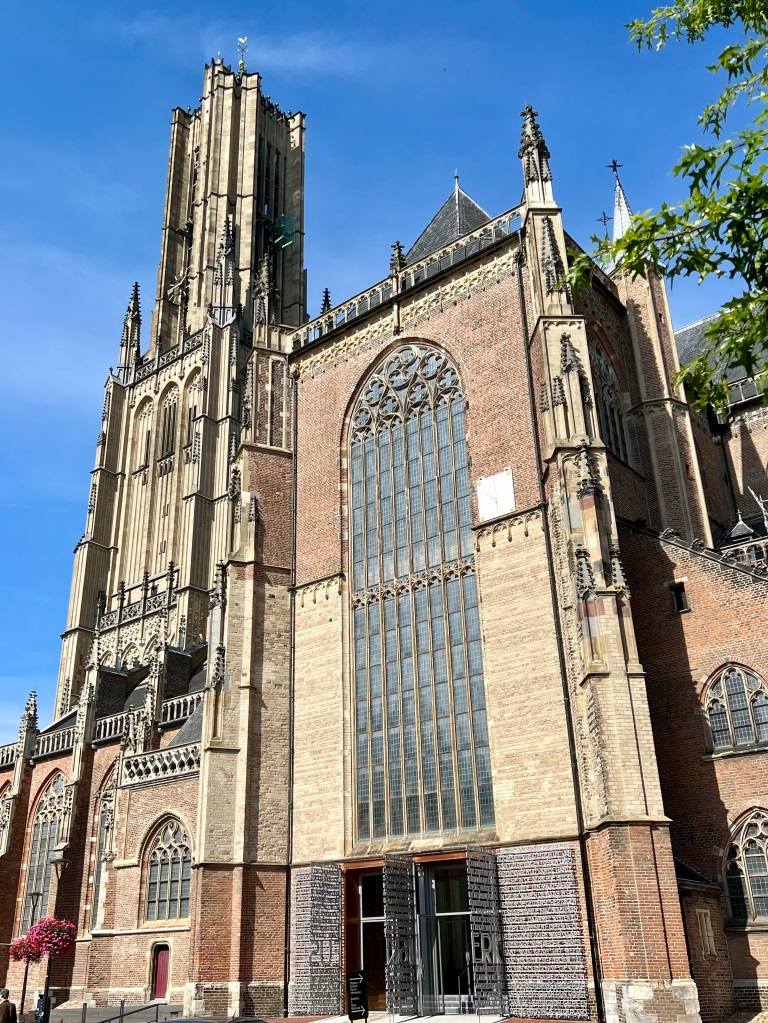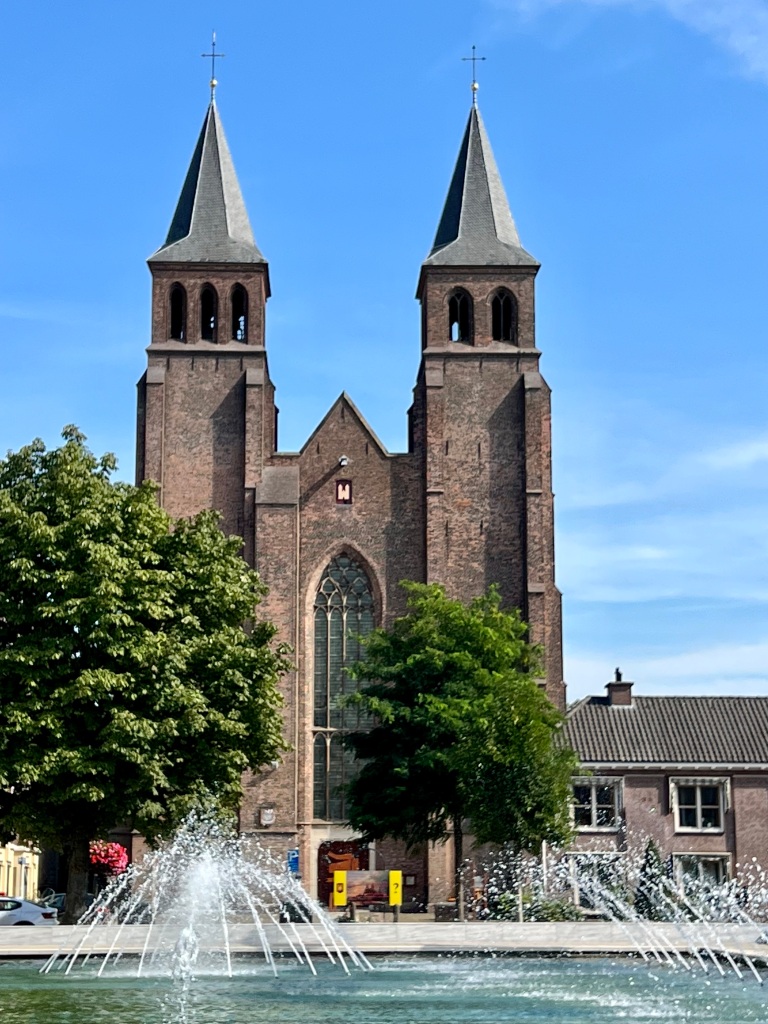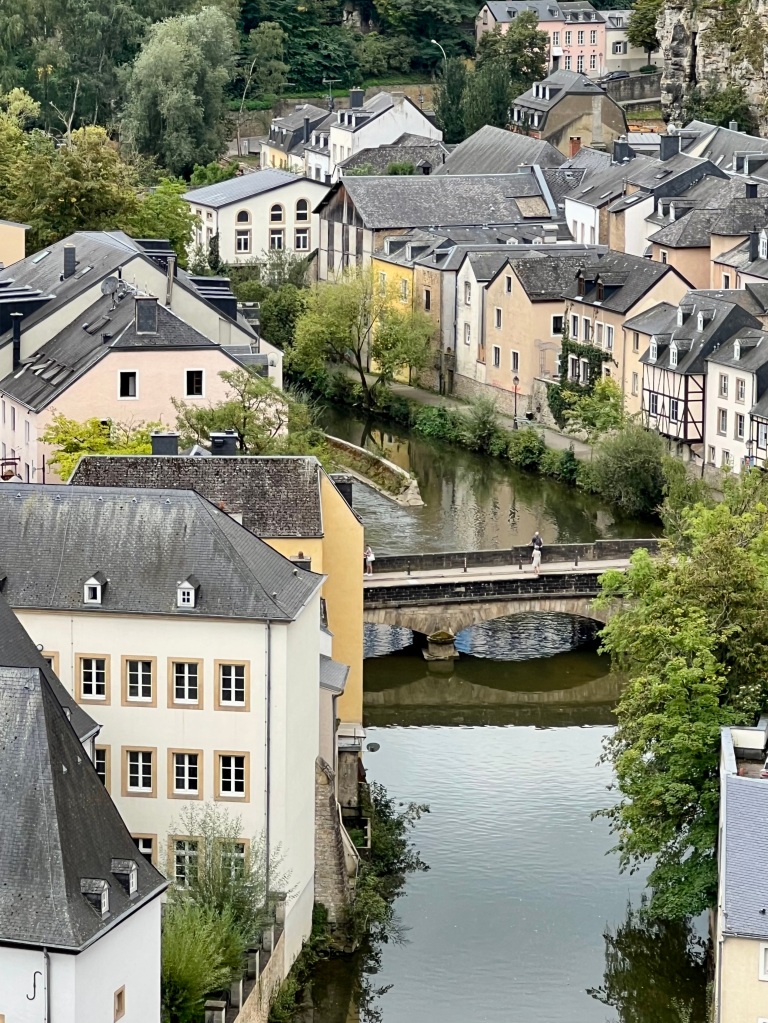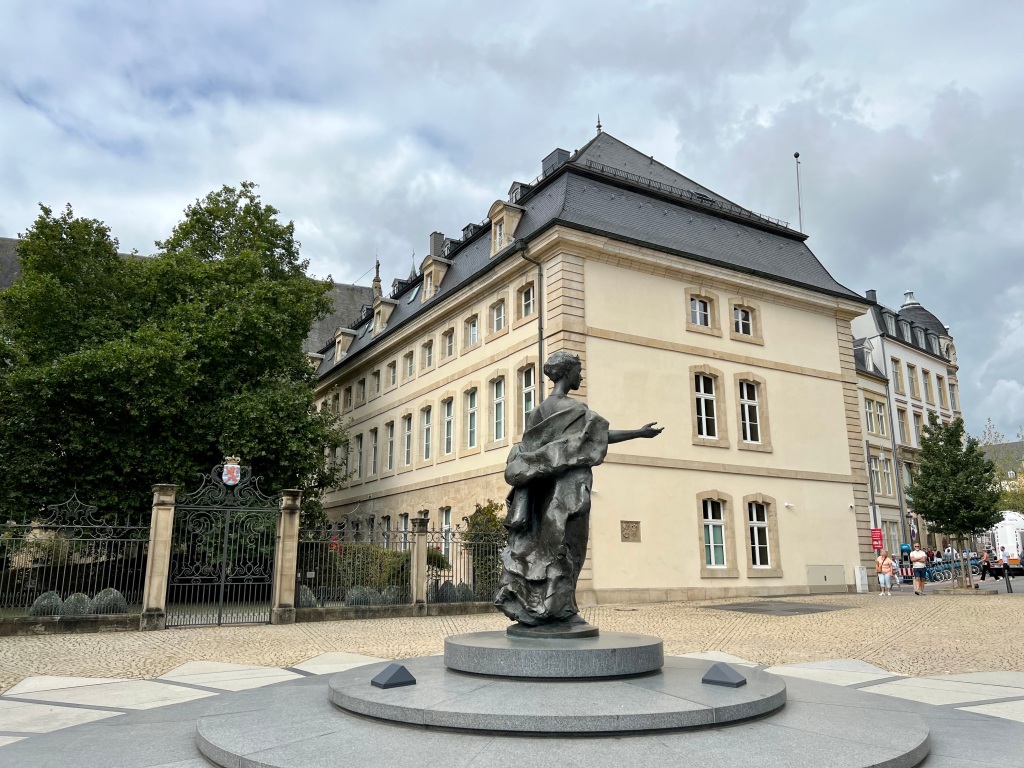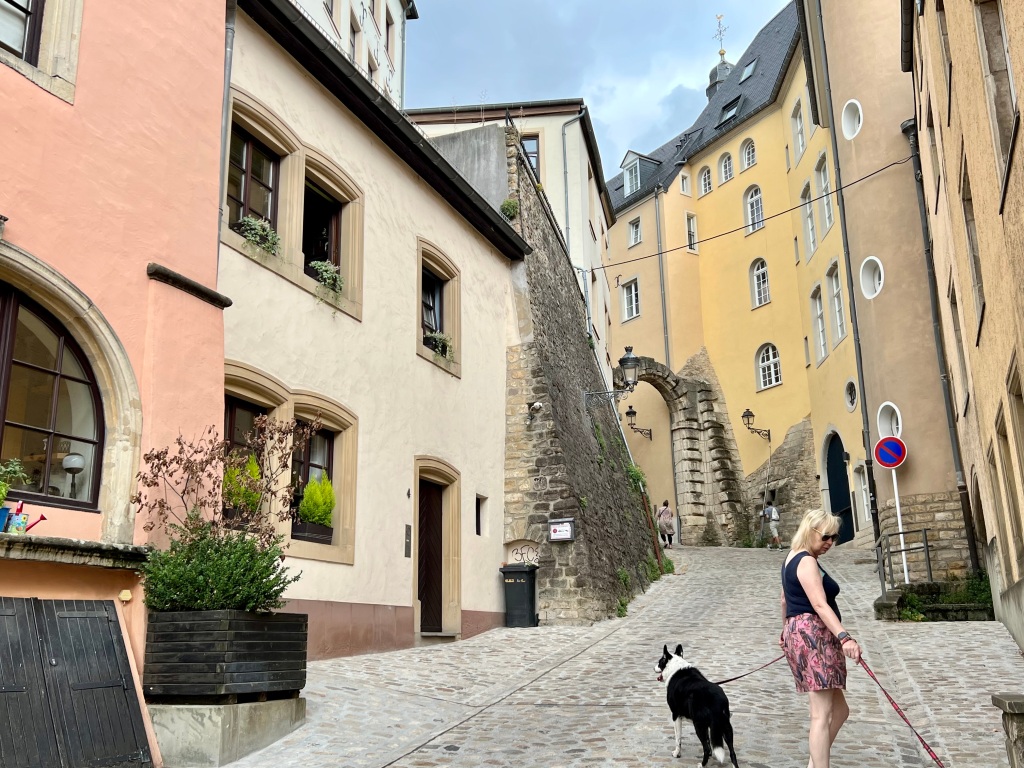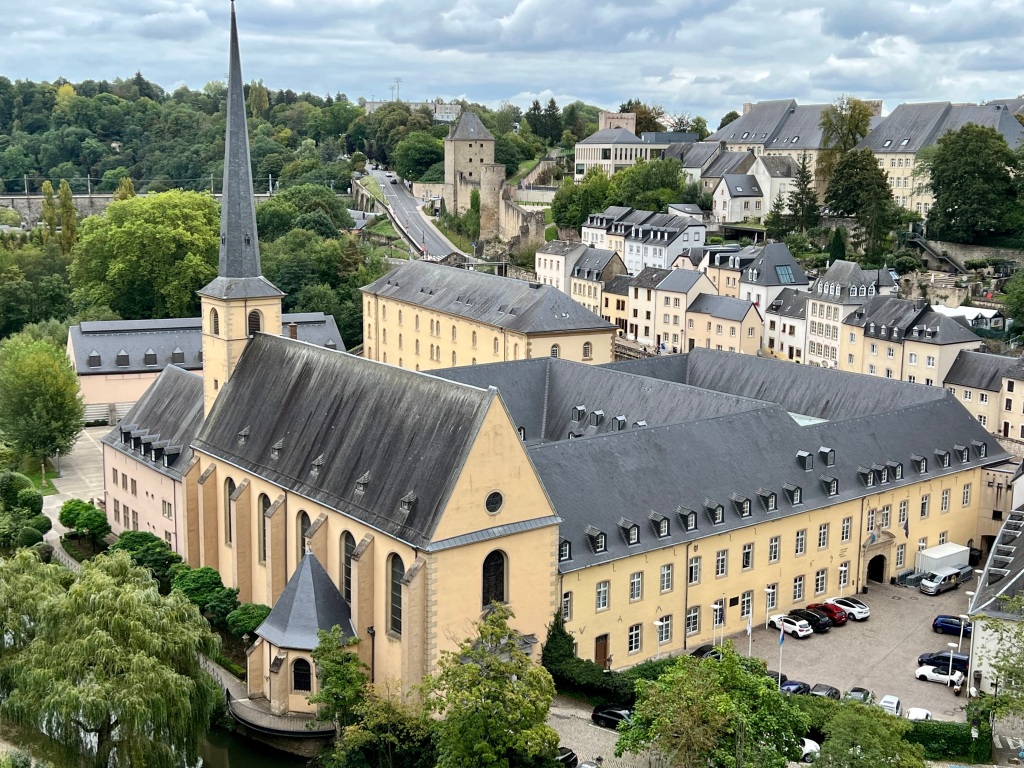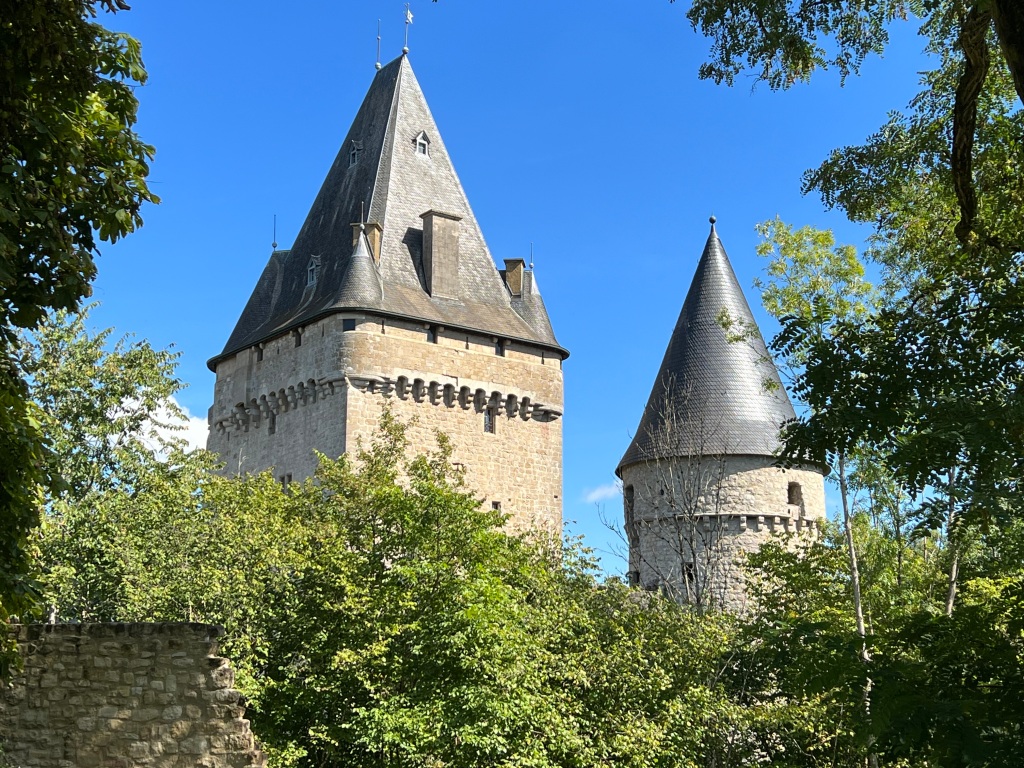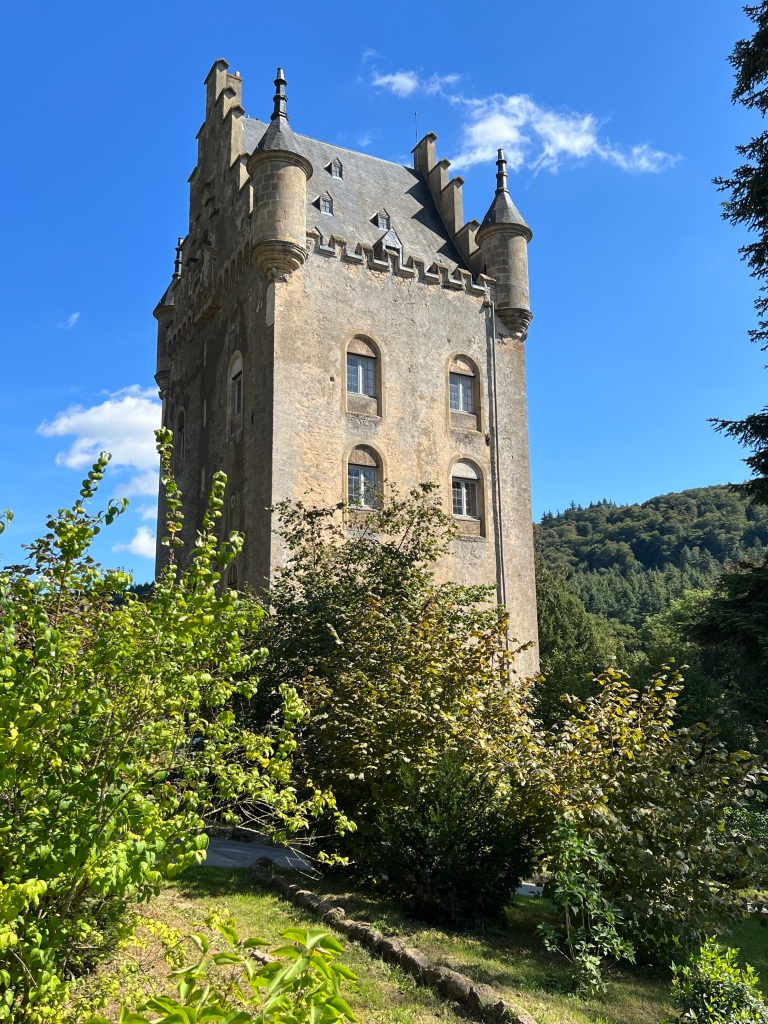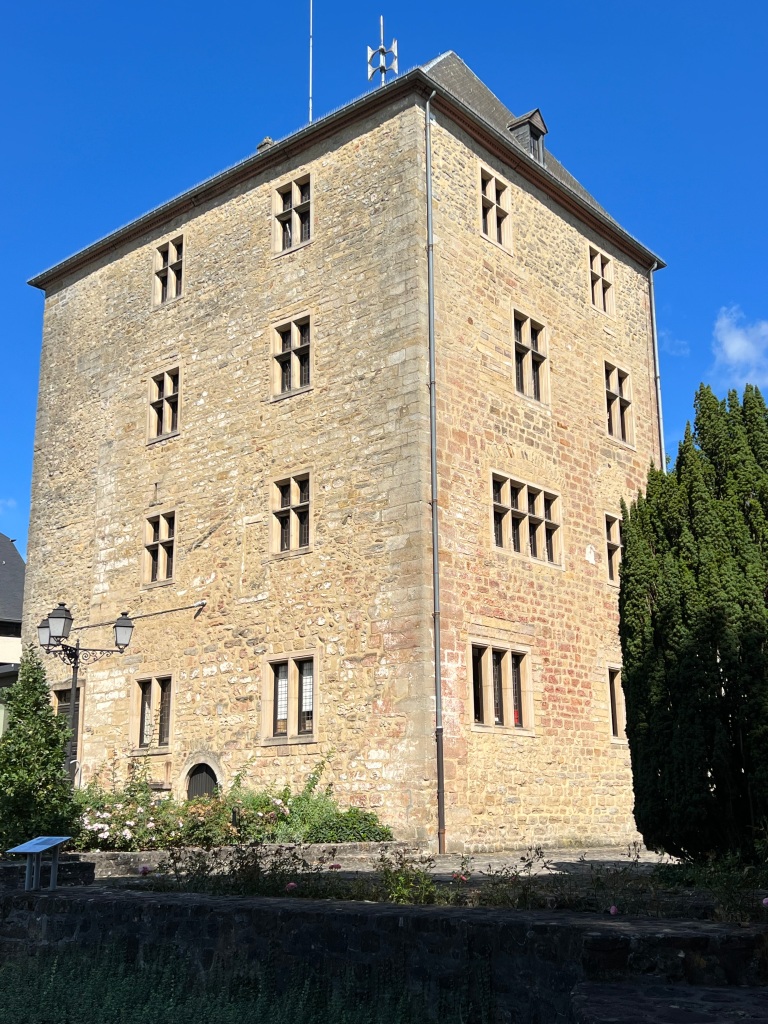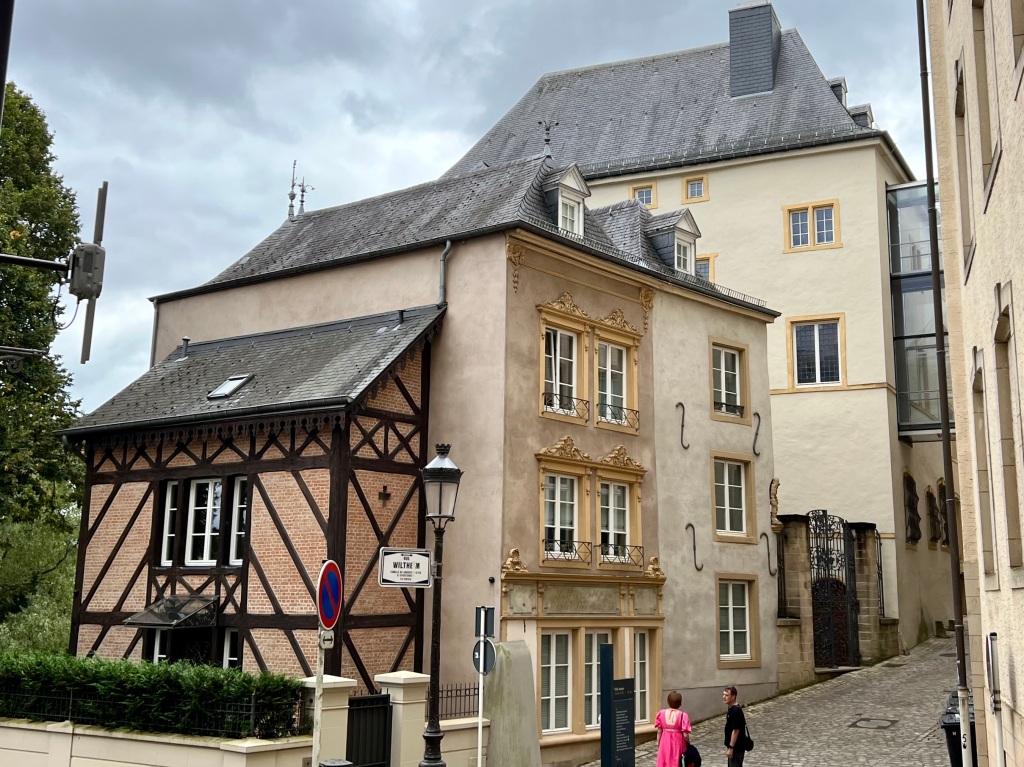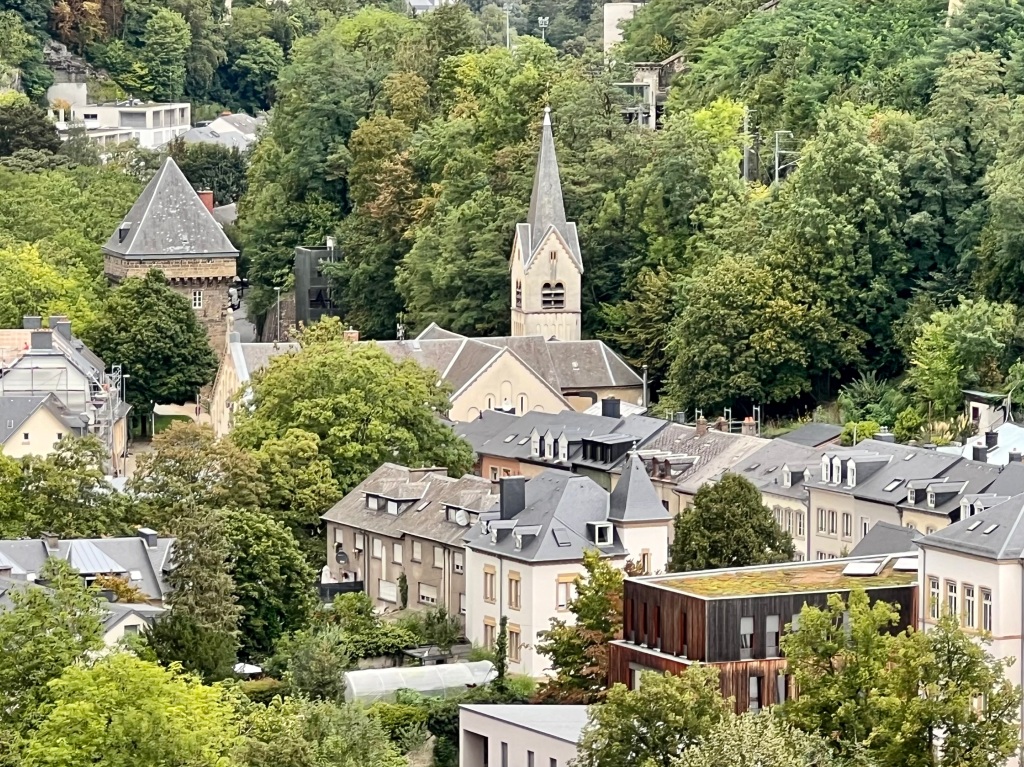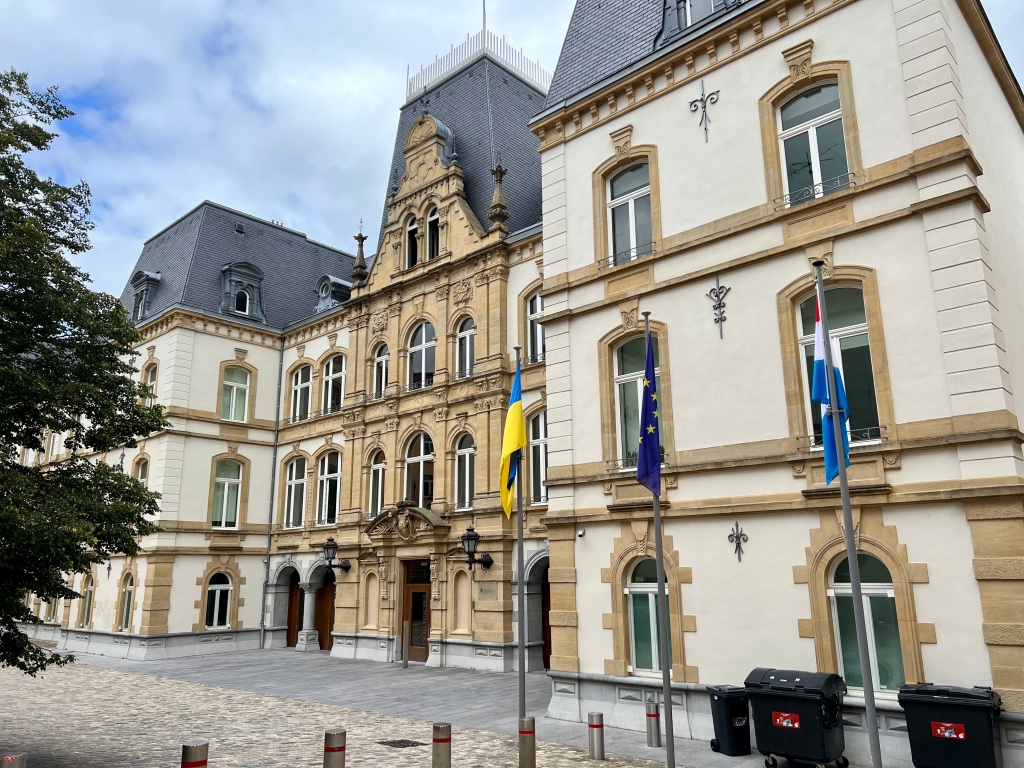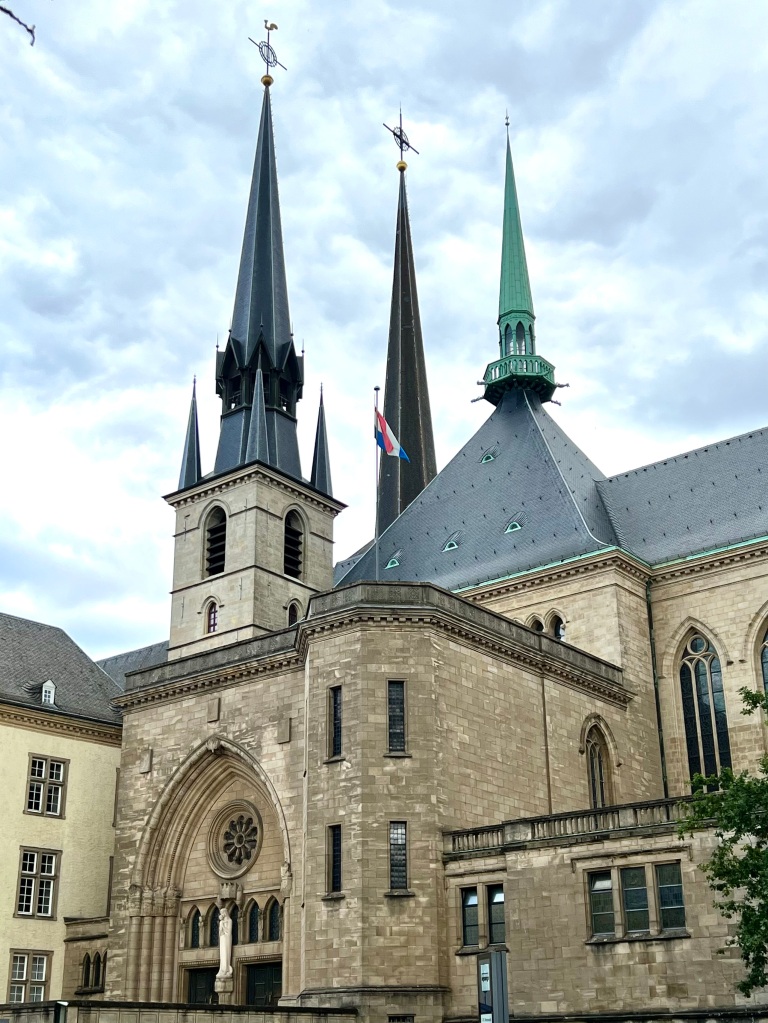Tags

Tantallon Castle, located on a cliff top near North Berwick in East Lothian, Scotland, has a rich history. We spent an enjoyable couple of hours exploring the ruins on a sunny but windy day at the end of April.
Tantallon was probably built in the mid-14th century, by William Douglas who after returning from France to reclaim his inheritance, became the undisputed head of a very wealthy family.
But when William’s heir, James, was killed at the Battle of Otterburn (during a raid into England), the Douglas inheritance was split in two. The line that became known as the black Douglases kept most of the land, but William’s illegitimate son George was given Tantallon Castle and the title of Earl of Angus, so establishing the Red Douglases.

The subsequent Earls of Angus became powerful players over the course of a century, consolidating the red Douglas lineage and influence. During this period the Earls were loyal to the Scottish kings, with the 4th Earl having the privilege of placing the crown on the head of James III.
The castle itself played a significant role in the conflicts between Scotland and the English during the Wars of Scottish Independence.
It was besieged several times, most notably in 1491 by King James IV, who sought to weaken the red Douglas family, perhaps in part because of rumours about the 5th Earl’s treasonous negotiations with the English.

During the 16th century, Tantallon Castle underwent further expansions and renovations, becoming a formidable fortress overlooking the Firth of Forth. However, after the eventual decline of the Douglas family’s power, the castle fell into disrepair. It was abandoned in the 17th century, following damage sustained during the Siege of Tantallon Castle in 1651 by Oliver Cromwell’s forces.

Today, Tantallon Castle stands as a striking ruin, maintained by Historic Environment Scotland, attracting visitors with its dramatic coastal location and intriguing history.










